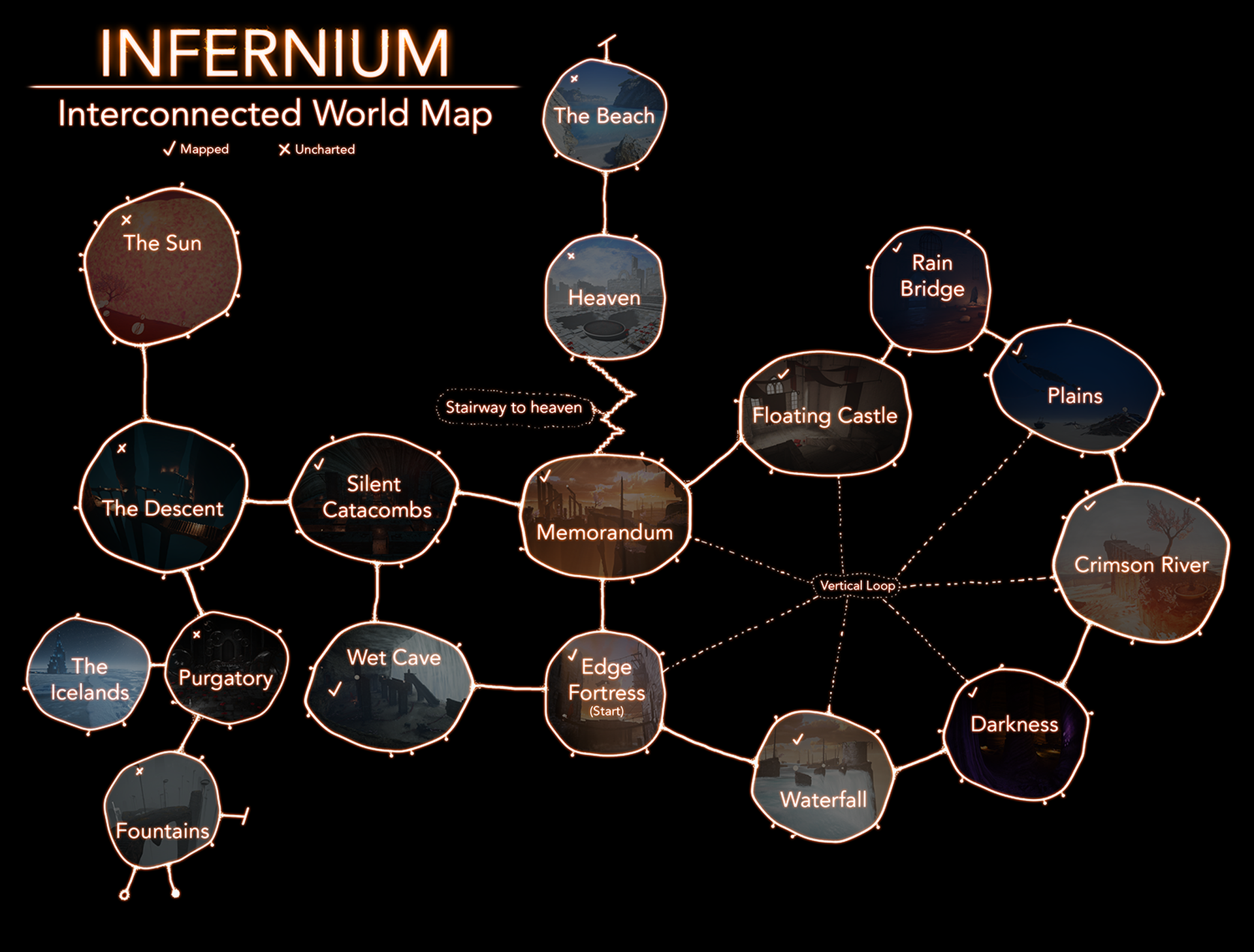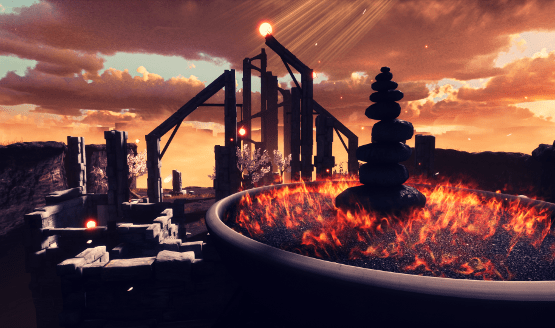There have been a lot of depictions of hell throughout all art ever made. Developer Carlos Coronado asks: what if hell were a beautiful place, filled with horrors out in the open? Wouldn’t the worst torture be to exist in a lost paradise, where your time is woefully short and opportunities to find everlasting peace ever-decreasing? These are some of the ideas expounded upon in this survival horror first-person game. Read our Infernium review to find out more.
Unreal to Look Better
Infernium was made using the Unreal Engine, and is made to scale to all kinds of strange video resolutions on PC. So it stands to reason that Infernium also scales well to 4K on the PS4 Pro. There are 17 levels in all, and they range from caves to castles, hellish landscapes and majestic waterfalls. Juxtaposed against bright, fantastic sights are dreary and creepy enemies, often hiding in plain sight. Infernium teaches you its dangers by force, and death will come often for most players for the first couple of hours as progression is slow in the early going.
Death is handled in Infernium in some peculiar ways. After each death (which occurs in several ways: falling too high or off a level, touching any enemy directly, getting squashed by an obstacle, and other ways), the player is brought back to a dark realm filled with 25 orbs. One dissolves each time this realm is visited, leading up to two massive doors. There is a hard limit of 25 lives for the entire experience. If all lives are lost too early on in the adventure, the player will be forced to start all over again. The last life lost can be recovered, by visiting the location of the last death and draining an orb which marks the spot. This can, of course, come with the risk of dying again by an enemy that killed the player last time, which means the previously lost life is now gone forever.
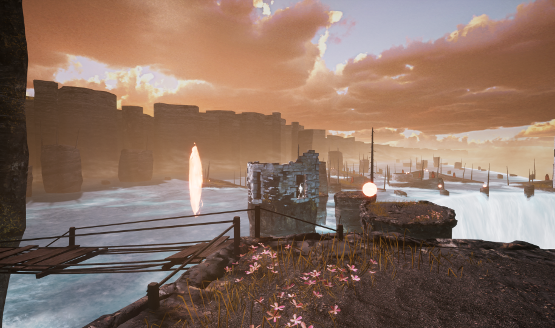
Death Loading
It should be noted that while each level contains one or more checkpoints in the form of fire cairns, every single death requires a visit to this dark realm, to really hammer home the idea that permadeath is a thing in Infernium. What this means is that after every death, instead of simply being teleported back to the last checkpoint, with enemies reset, the player must sit through not one, not two, but three loading screens – one to end the level after the death animation plays, one to load in the purgatory area, and a final loading screen to continue from the last-touched checkpoint. It feels a bit pointless after the first death and before the final death, and it wastes a lot of time.
Developer Carlos Coronado considers his creation “a modern survival horror approach of Pac-Man.” This is an odd description, because Infernium only has a few parallels to the iconic arcade classic, and even then these similarities are vague at best. In Pac-Man, the player is a mouth, eating white dots, and is chased by ghosts, with the ability to eat them at certain key points. In Infernium, the player is an “Observer,” who really only exists as a floating pair of hands. They absorb white spheres while occasionally being chased by formless beings dressed in differently-colored cloaks, and other enemies made of light with various abilities. There’s also the matter of story; Pac-Man has essentially none, while Infernium’s is told via etchings in the environment. Again, it’s just an odd comparison.
Attempts at Ambiance
Survival horror games are made or ruined by one key aspect: ambiance. A monster can look scary, but if it doesn’t have equally terrifying audio to accompany its appearance, then the terror factor is diminished considerably. Infernium’s enemies are creepy at first, but they quickly become overused. The cloaked enemies mentioned earlier produce eerie effects when provoked, though the audio loop is obvious on them, which is unfortunate. Since enemies’ positions are reset upon loading up an area, scares also quickly lose their luster after the first couple of encounters. Enemies in the shape of bodies made of light shamble around in a disturbing way, and others are entirely invisible except when exposed to certain elements. Infernium’s soundtrack is also creepy on its first play, with seemingly random breaths, grunts, and other effects played when entering certain sections of a level. This quickly subsides, however, as the soundtrack is repeated ad nauseam.
Photo modes are a big trend in the video game industry, due in large part to the increase in graphical fidelity and effects that make for interesting or downright beautiful shots. As mentioned, Infernium uses the Unreal Engine, which results in some crisp shots. There are a lot of filters to run through, and other settings to mess around with to compose that perfect shot. However, the photo mode can also ruin the surprise of Infernium. Since photo mode allows for complete use of the camera, it is easy to look around a corner and see where there are enemies, avoiding all kinds of trouble. Of course, it’s up to the player to not abuse this photo mode to cheat and progress much faster than usual, and the benefits of taking some great photos is sure to please many.
We’ll Do It Live
For some reason, there is bafflingly no pause screen in Infernium. Since the environment is generally static until an enemy is triggered by proximity, this isn’t really a problem. But it’s a strange omission that is usually a given to include in any game. The aforementioned photo mode can be used as an ad-hoc pause screen, but the lack of one is unexpected.
Infernium attempts to pay homage to older games, and mostly leaves the player alone to discover the world on their own. Problem is, many of the connections between levels only make sense to the developer, and while the game’s scares may cause a good jump or two, they are easy to see coming after the first few times. Permadeath is a mechanic few games use these days, but when dying in a game is this agonizing involving multiple loading screens, the player may almost welcome obtaining a game over since it’s the last time they’ll see that purgatory.
Infernium review code provided by publisher. Version 1.00 reviewed on a PS4 Pro. For more information on scoring please see our Review Policy here.
-
Interesting landscapes
-
Occasional jump scares
-
Decent photo mode included
-
Frustrating checkpoint system
-
Scares quickly lose their luster
-
...no pause screen?!
Infernium Review
-
Infernium Review #1
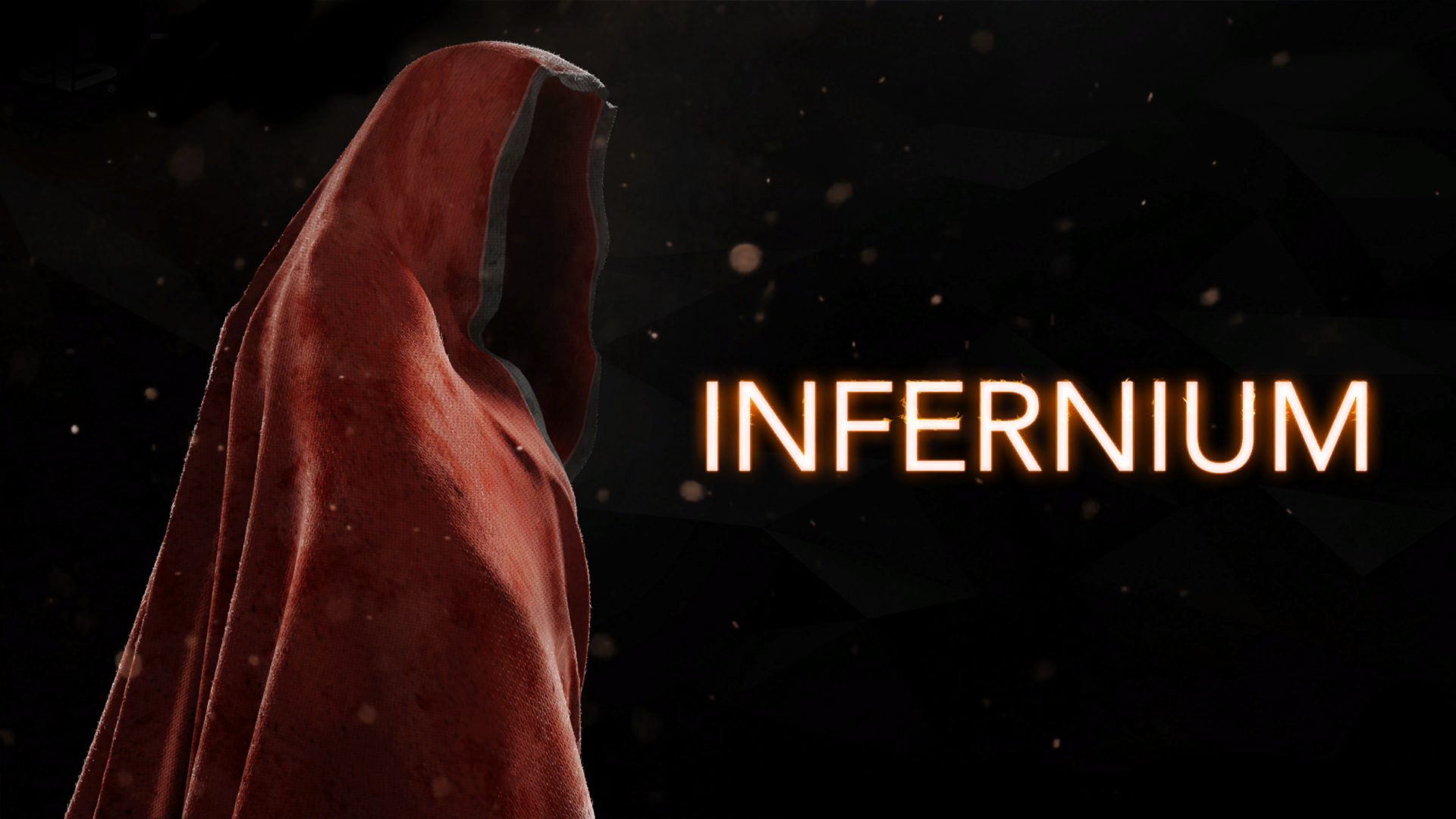
-
Infernium Review #2
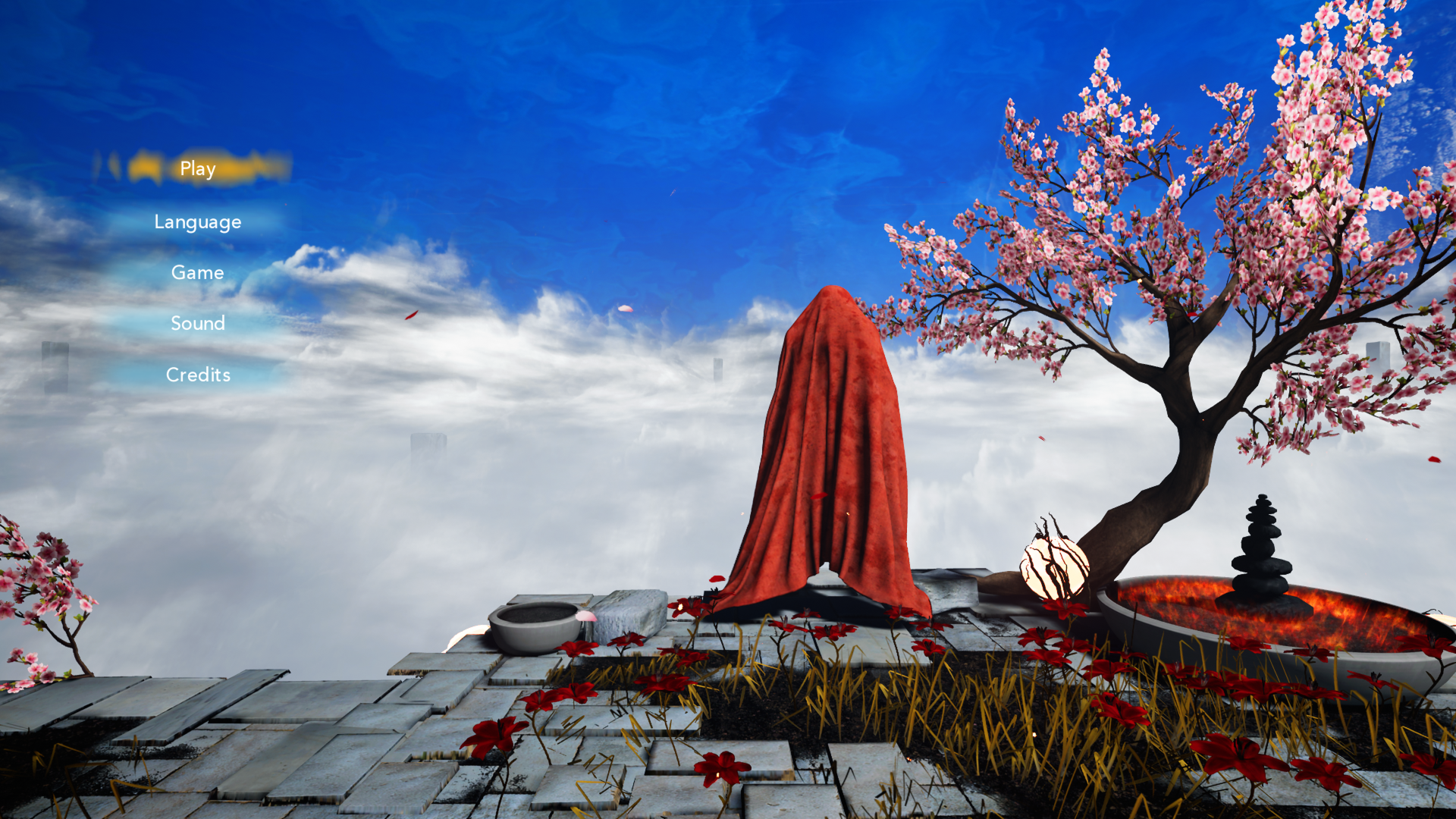
-
Infernium Review #3
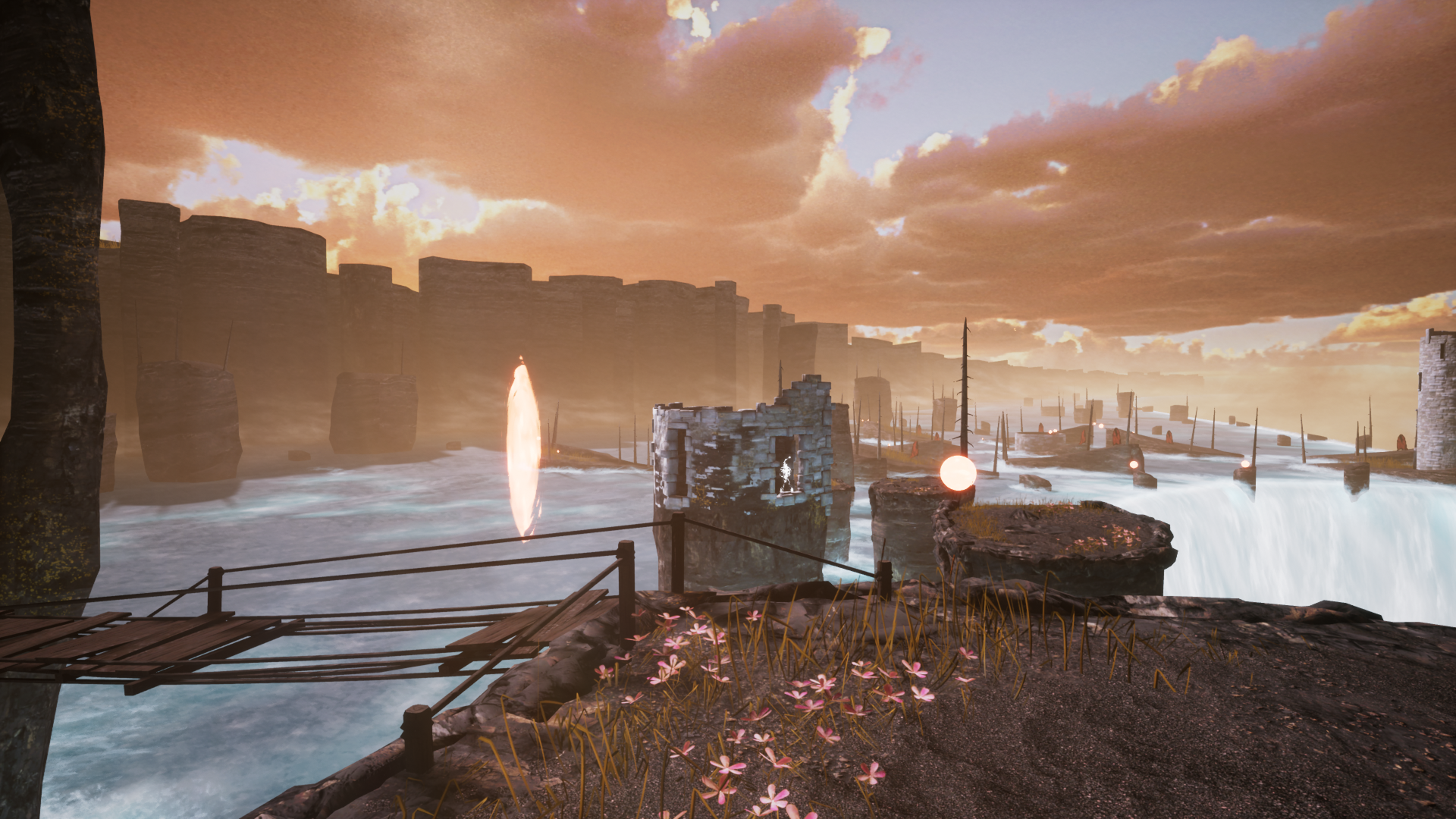
-
Infernium Review #4
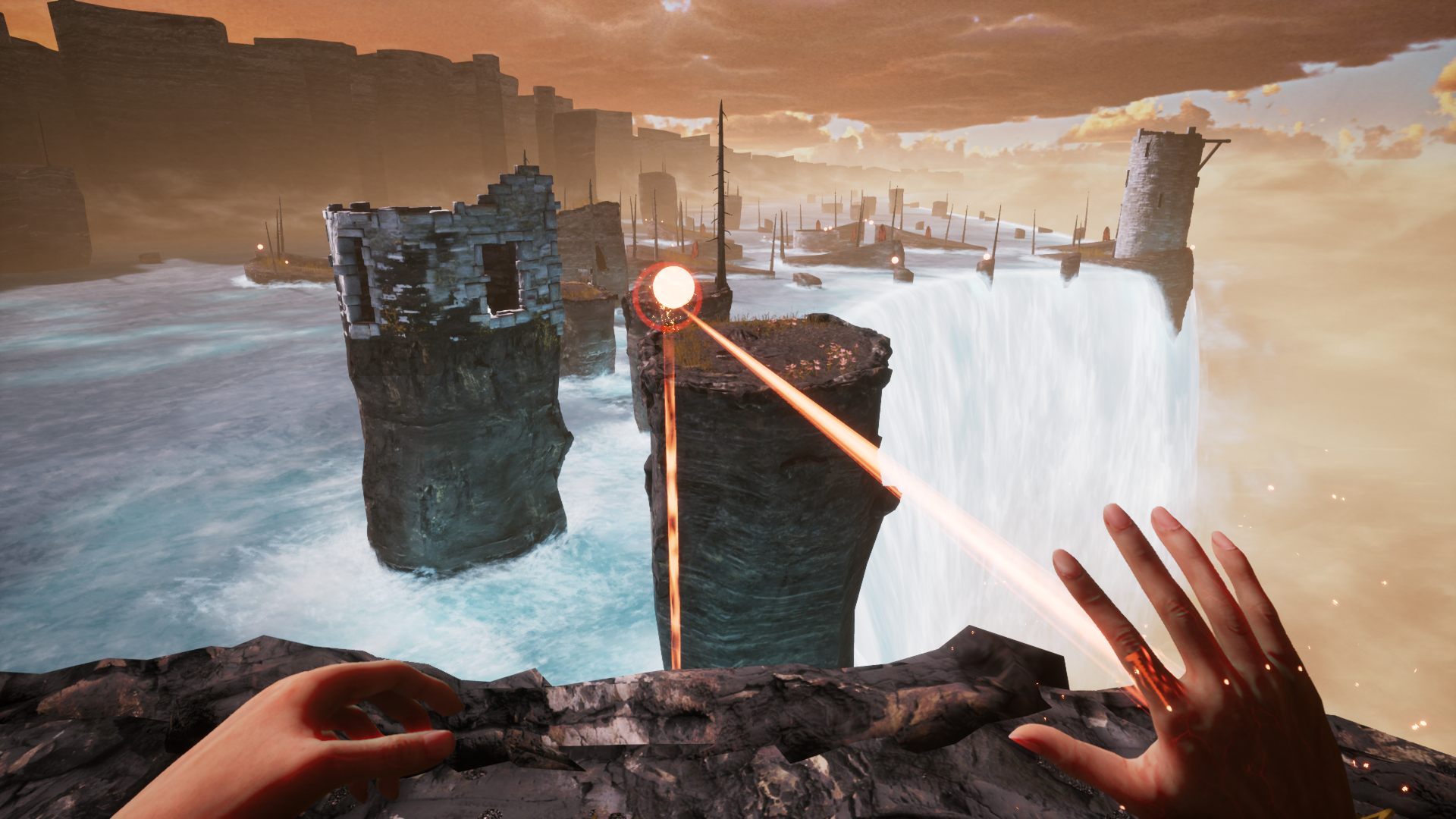
-
Infernium Review #5
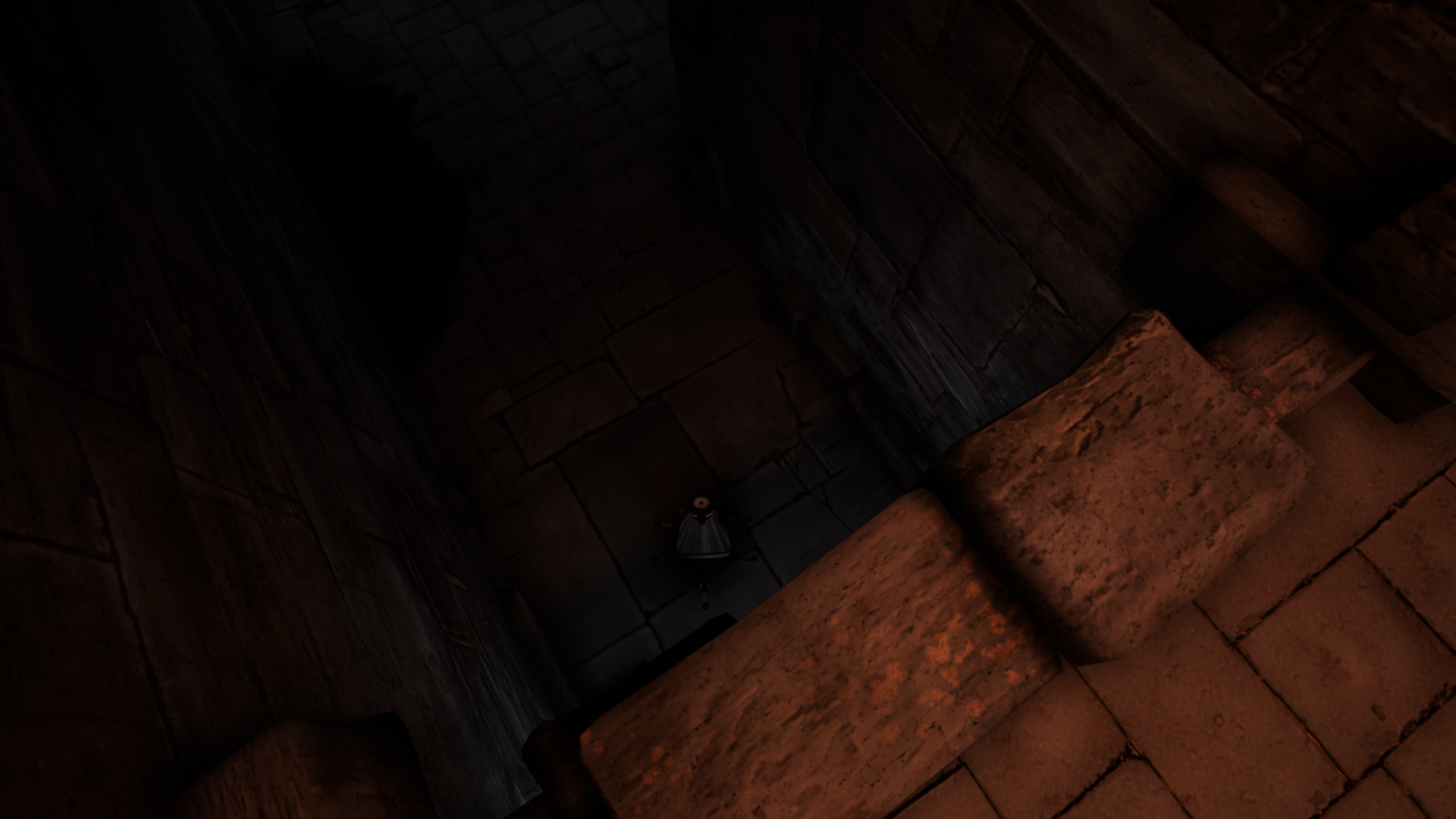
-
Infernium Review #6
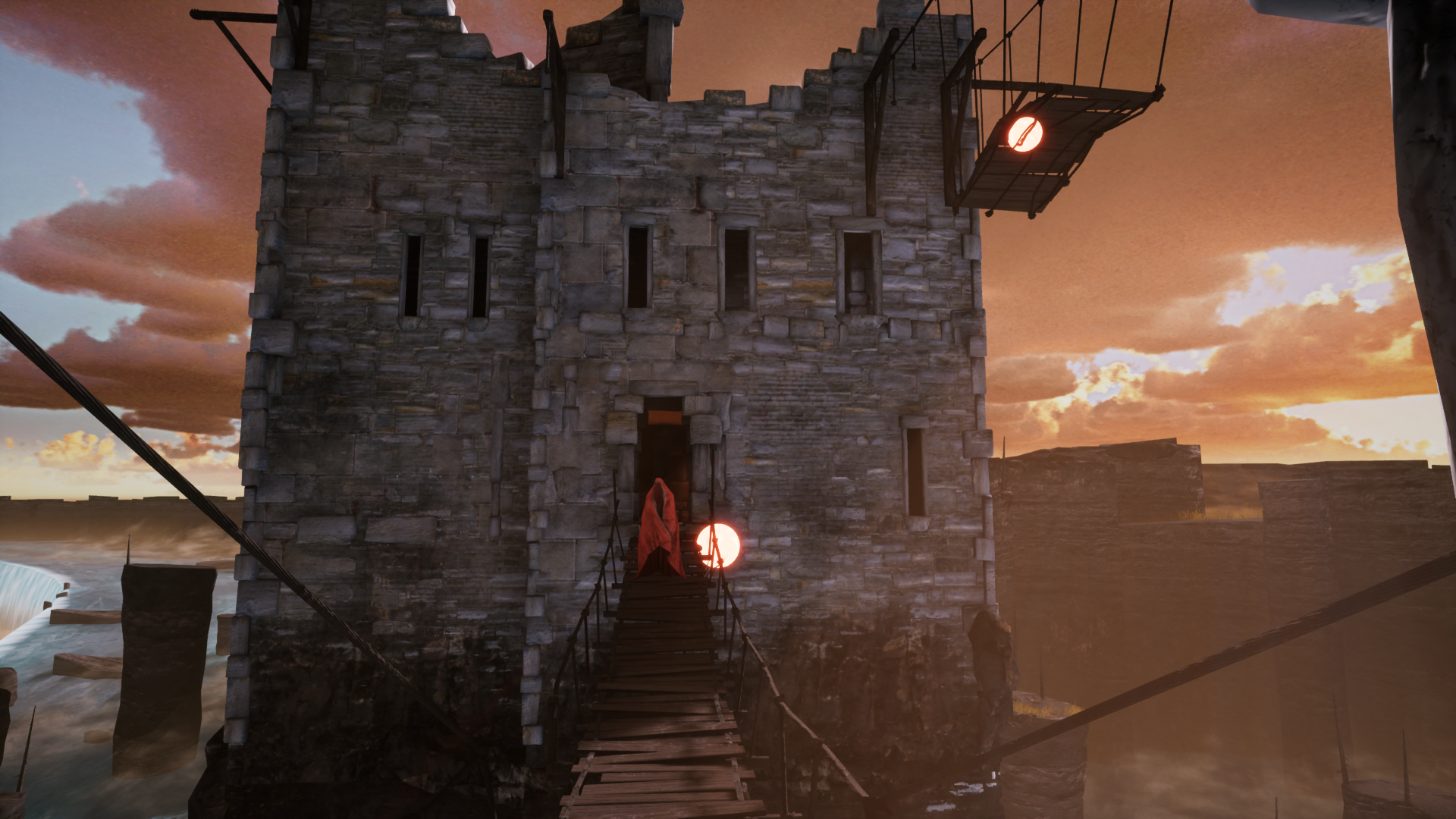
-
Infernium Review #7
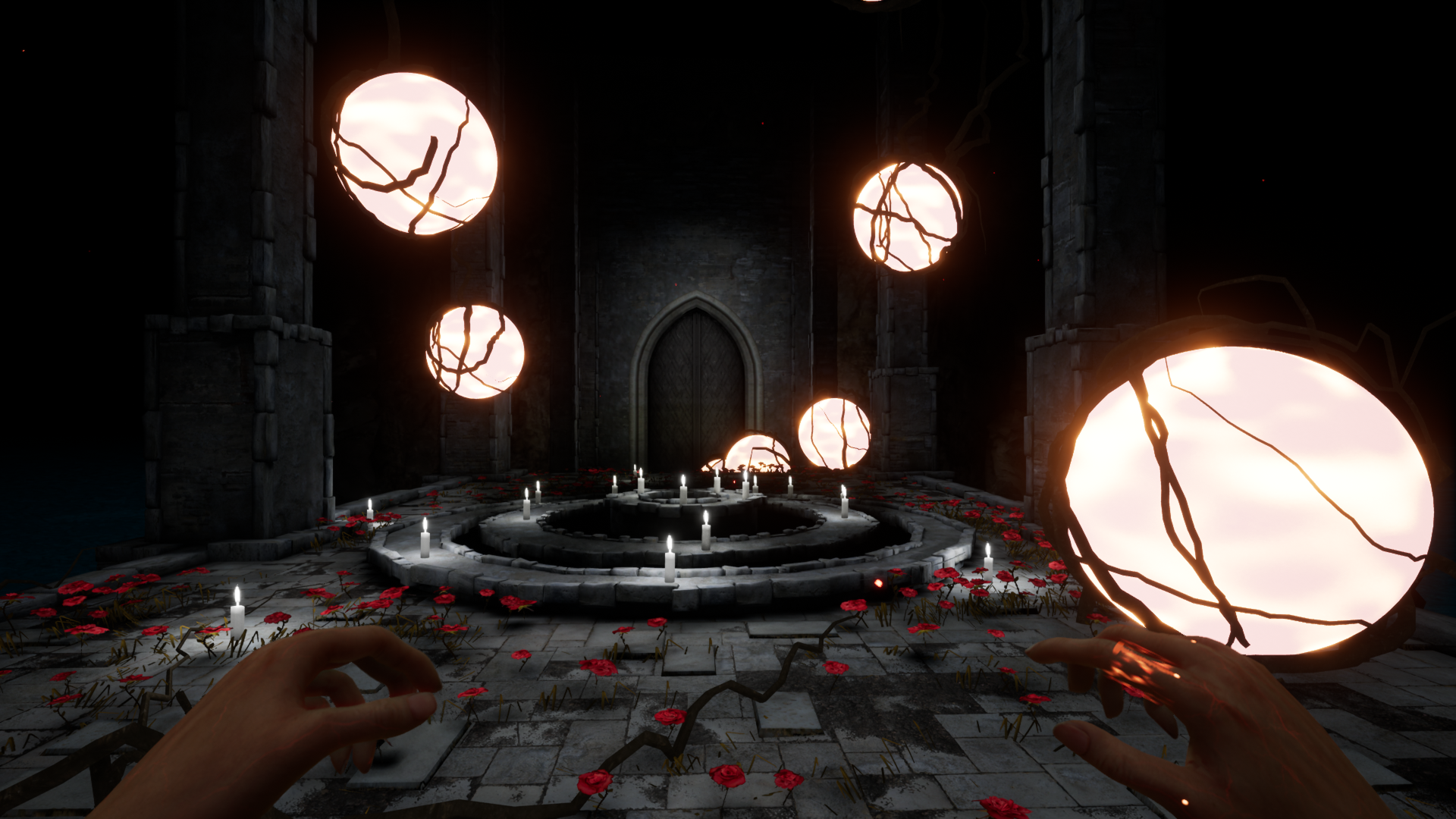
-
Infernium Review #8
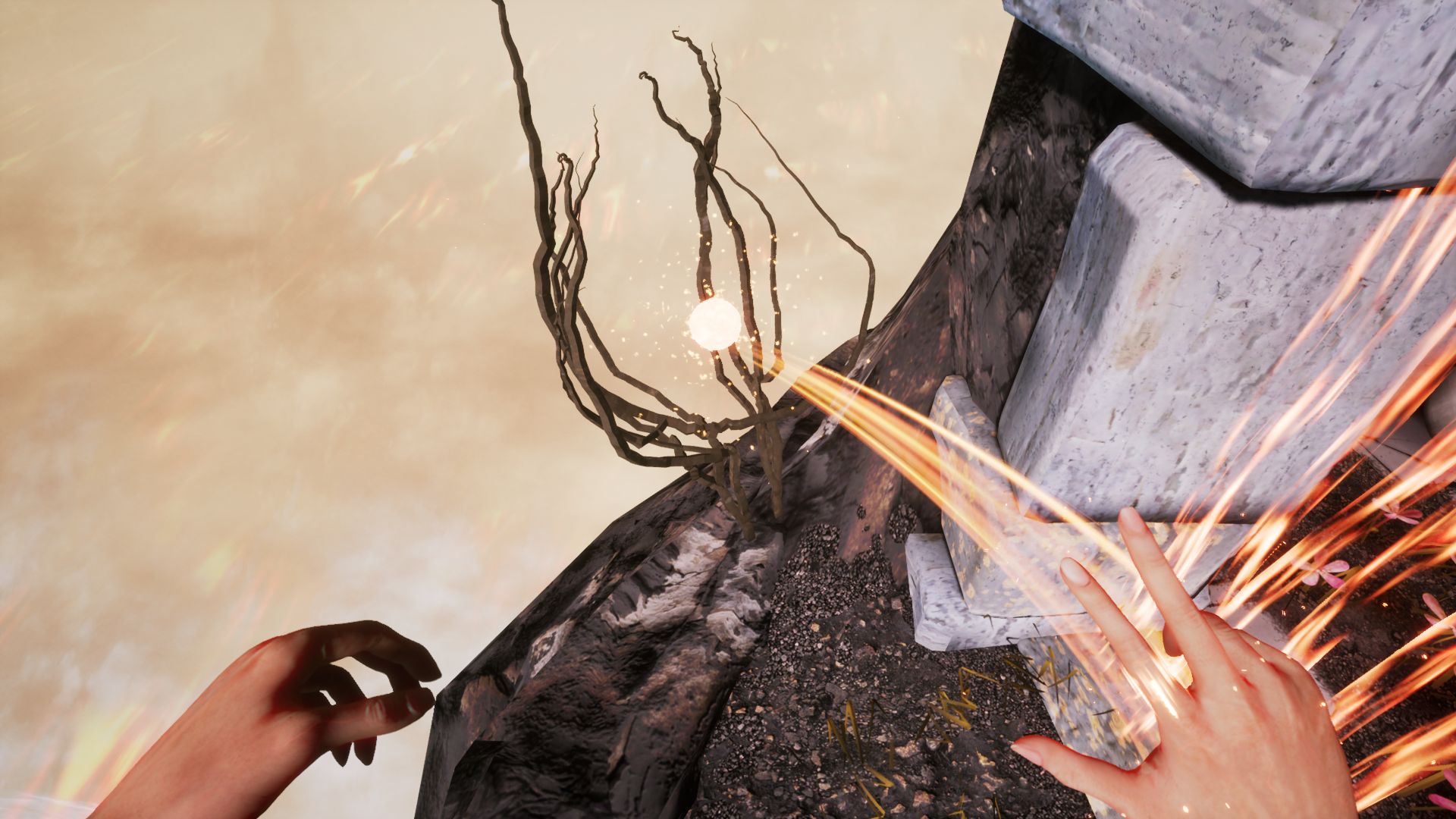
-
Infernium Review #9
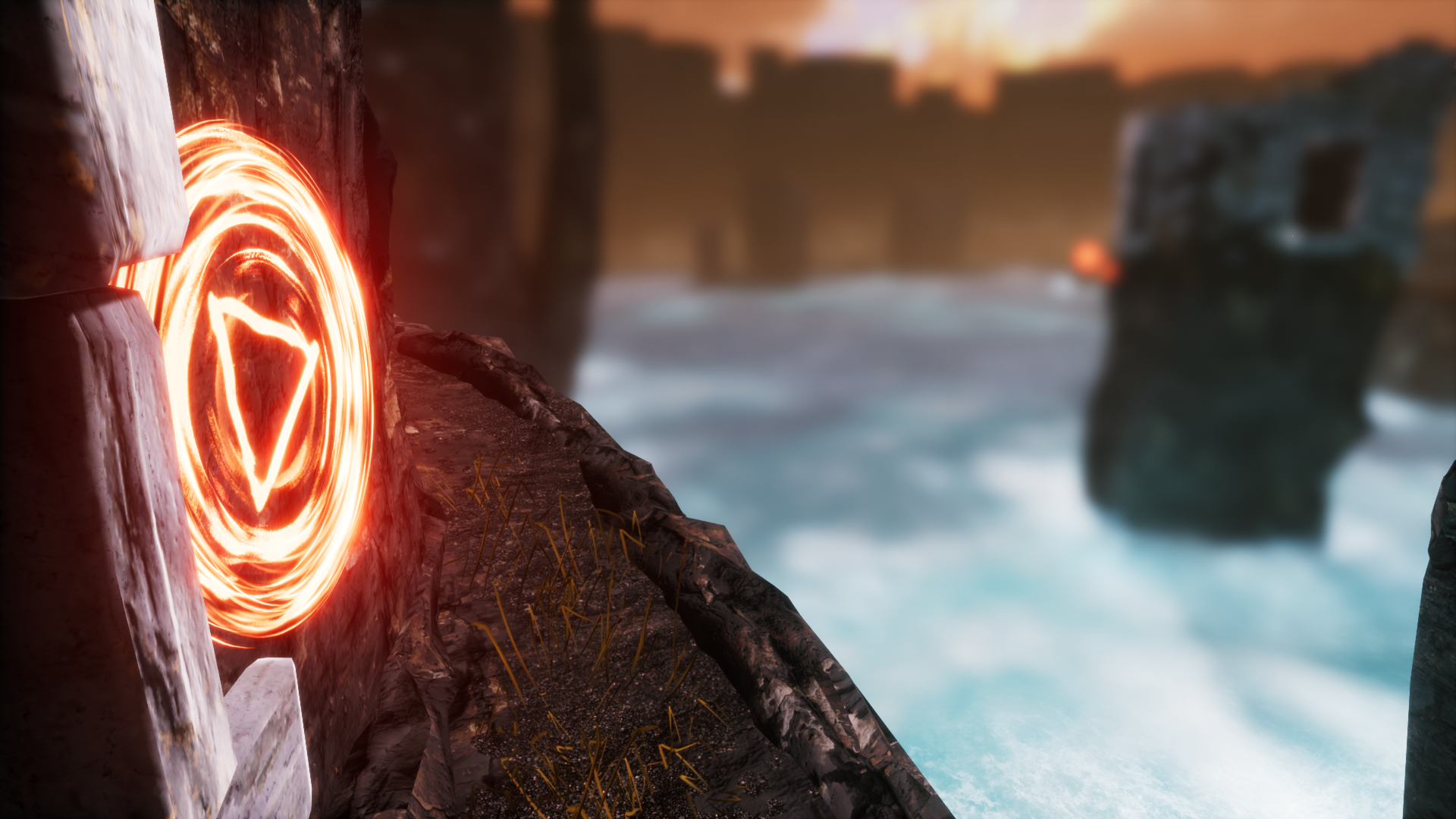
-
Infernium Review #10
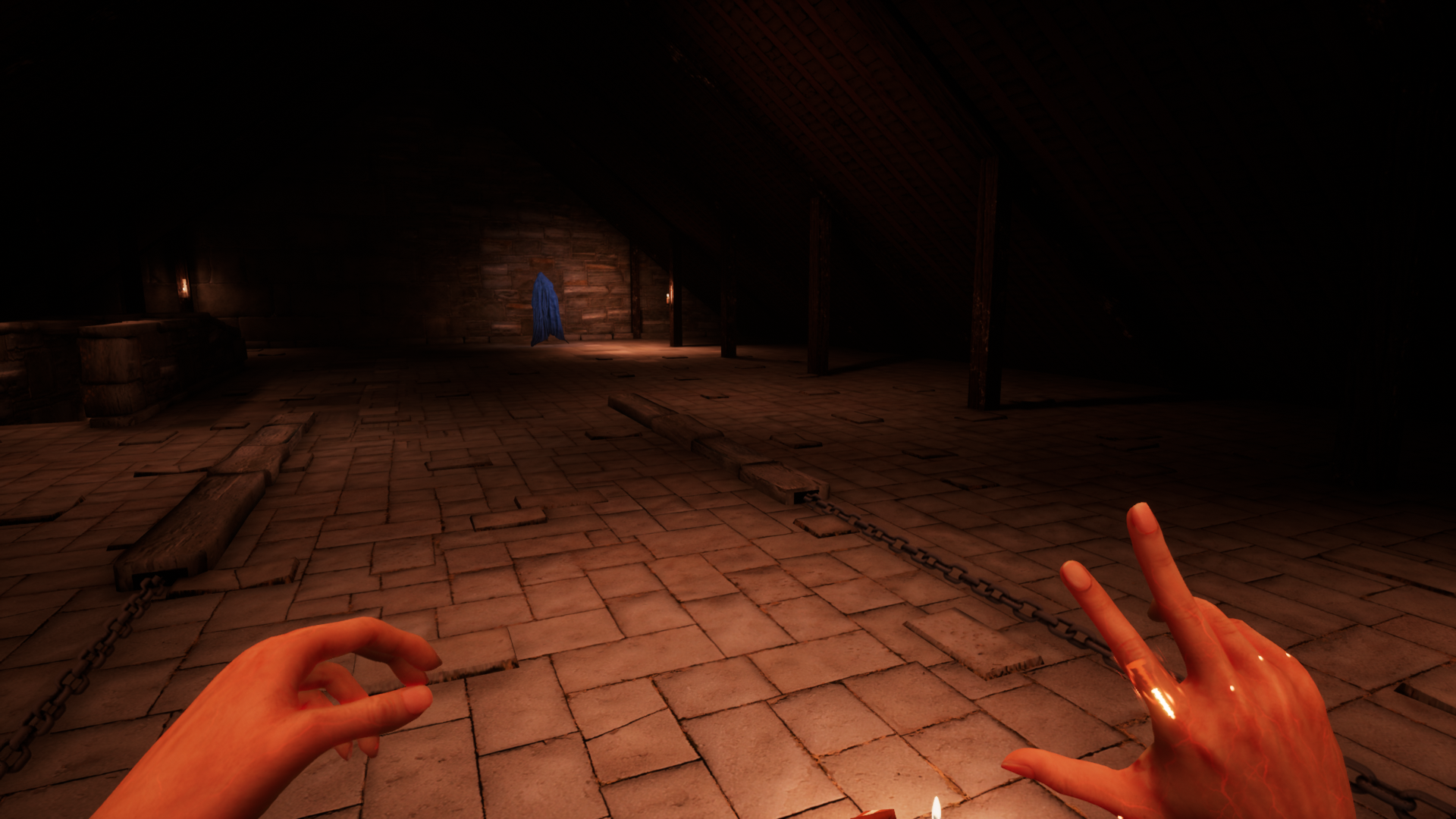
-
Infernium Review #11
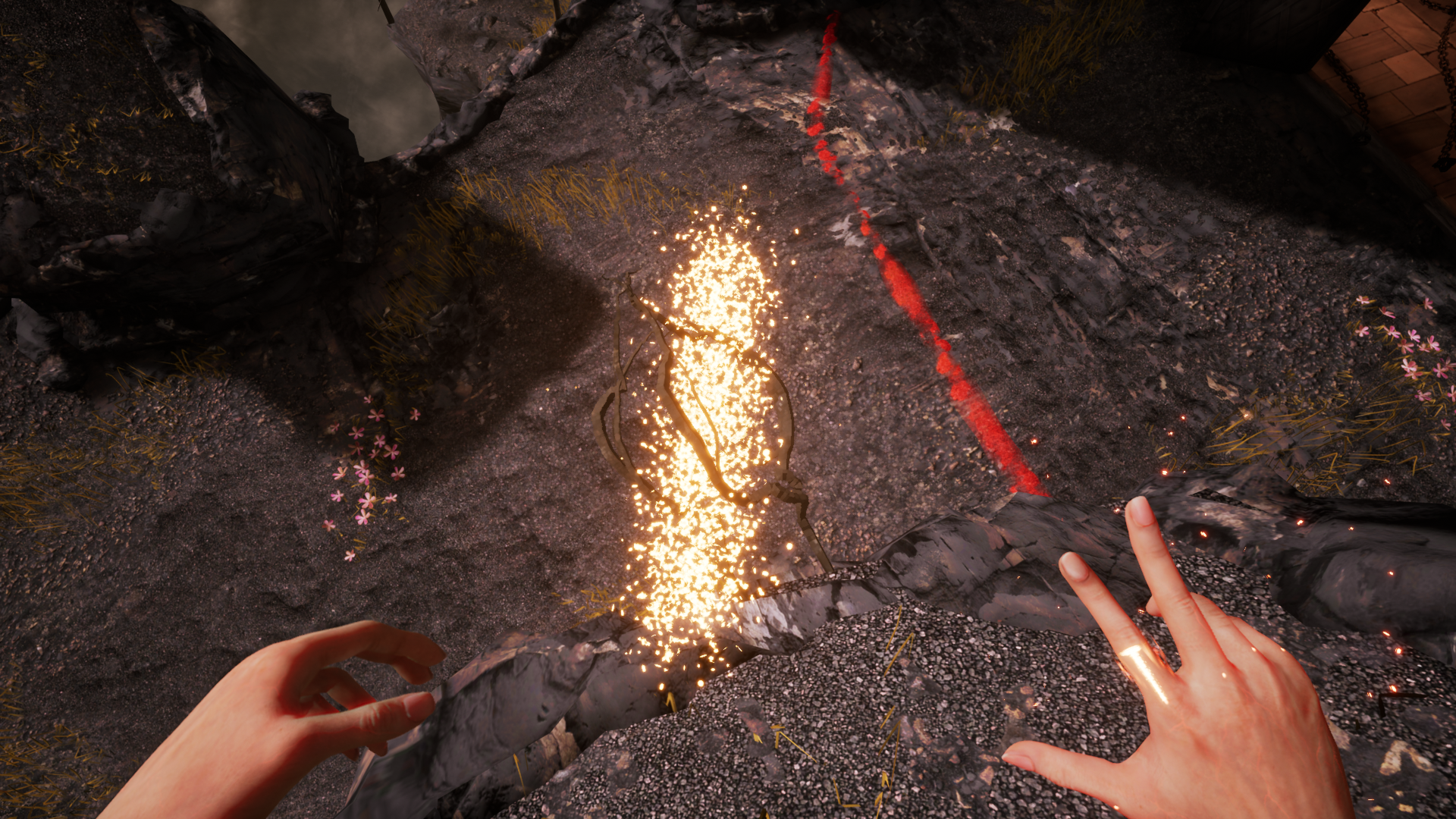
-
Infernium Review #12
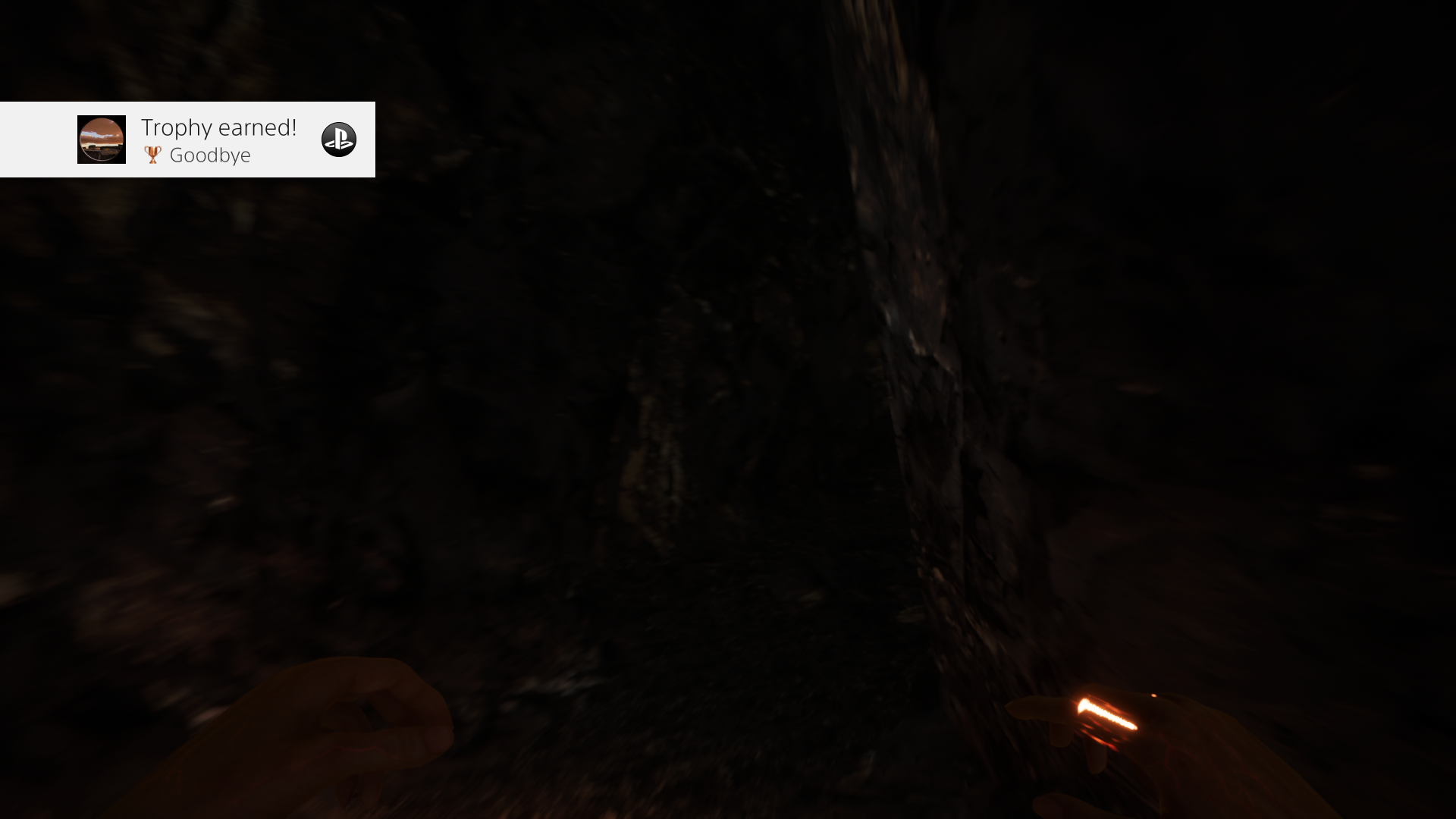
-
Infernium Review #13
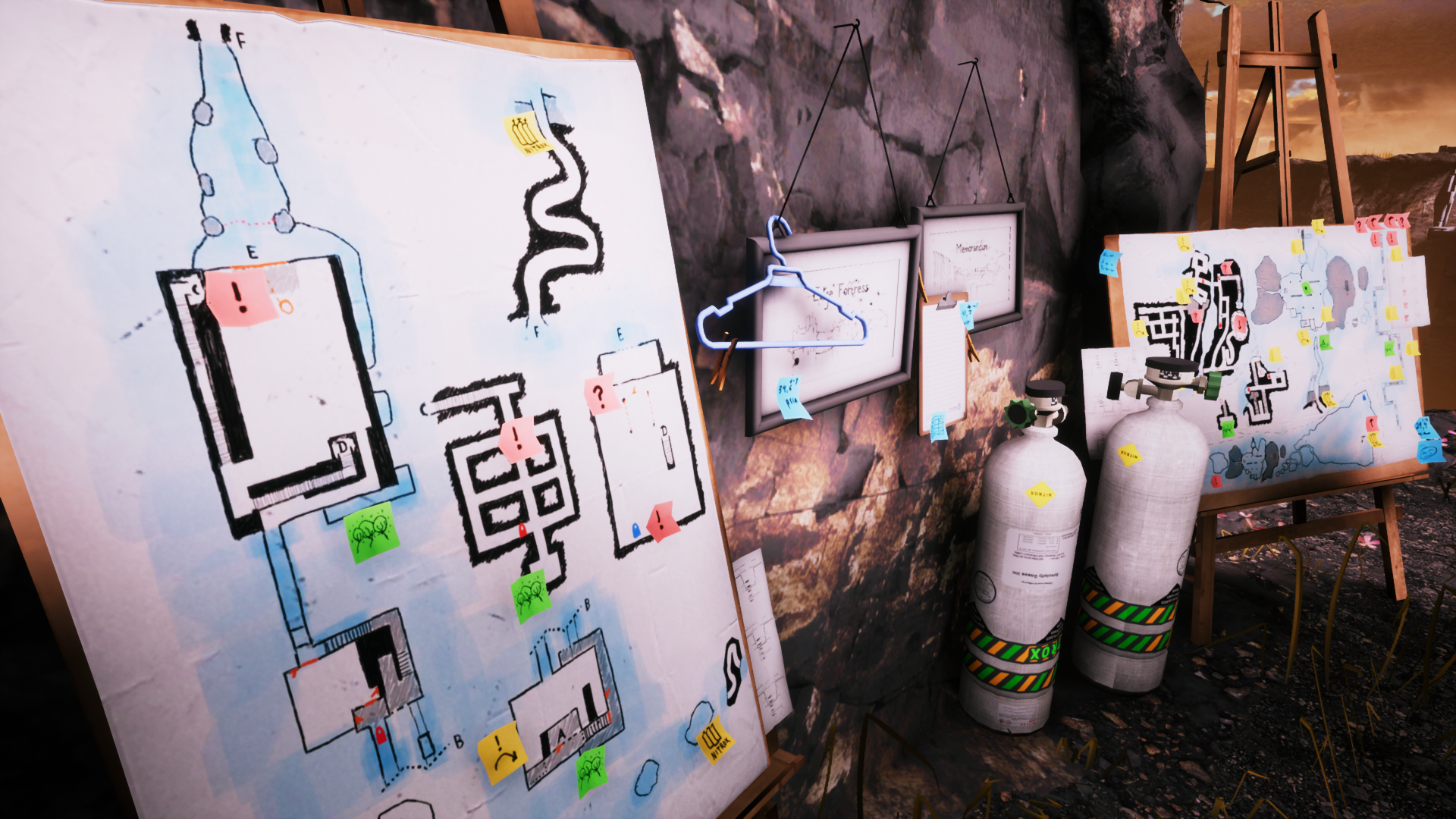
-
Infernium Review #14
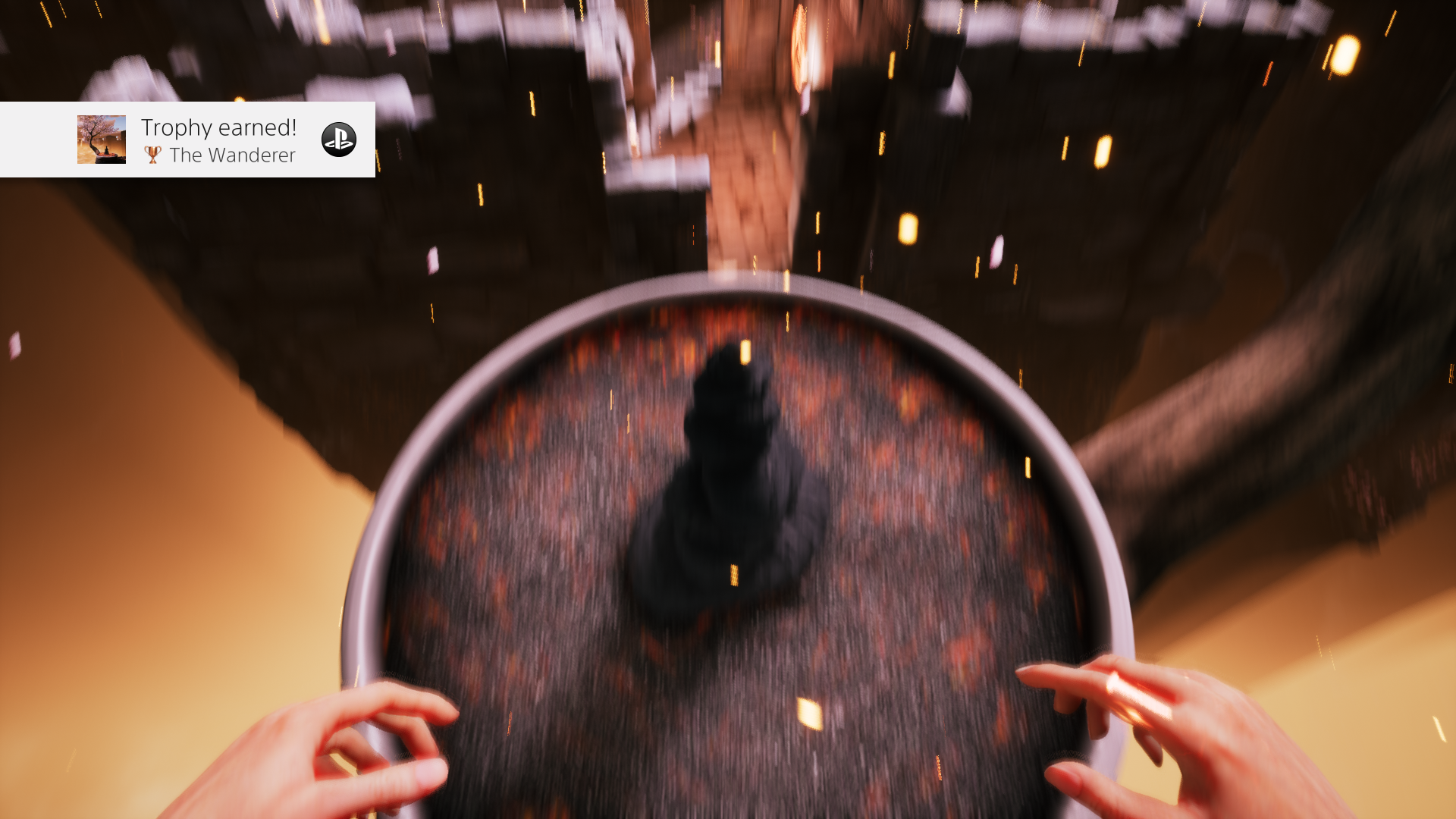
-
Infernium Review #15
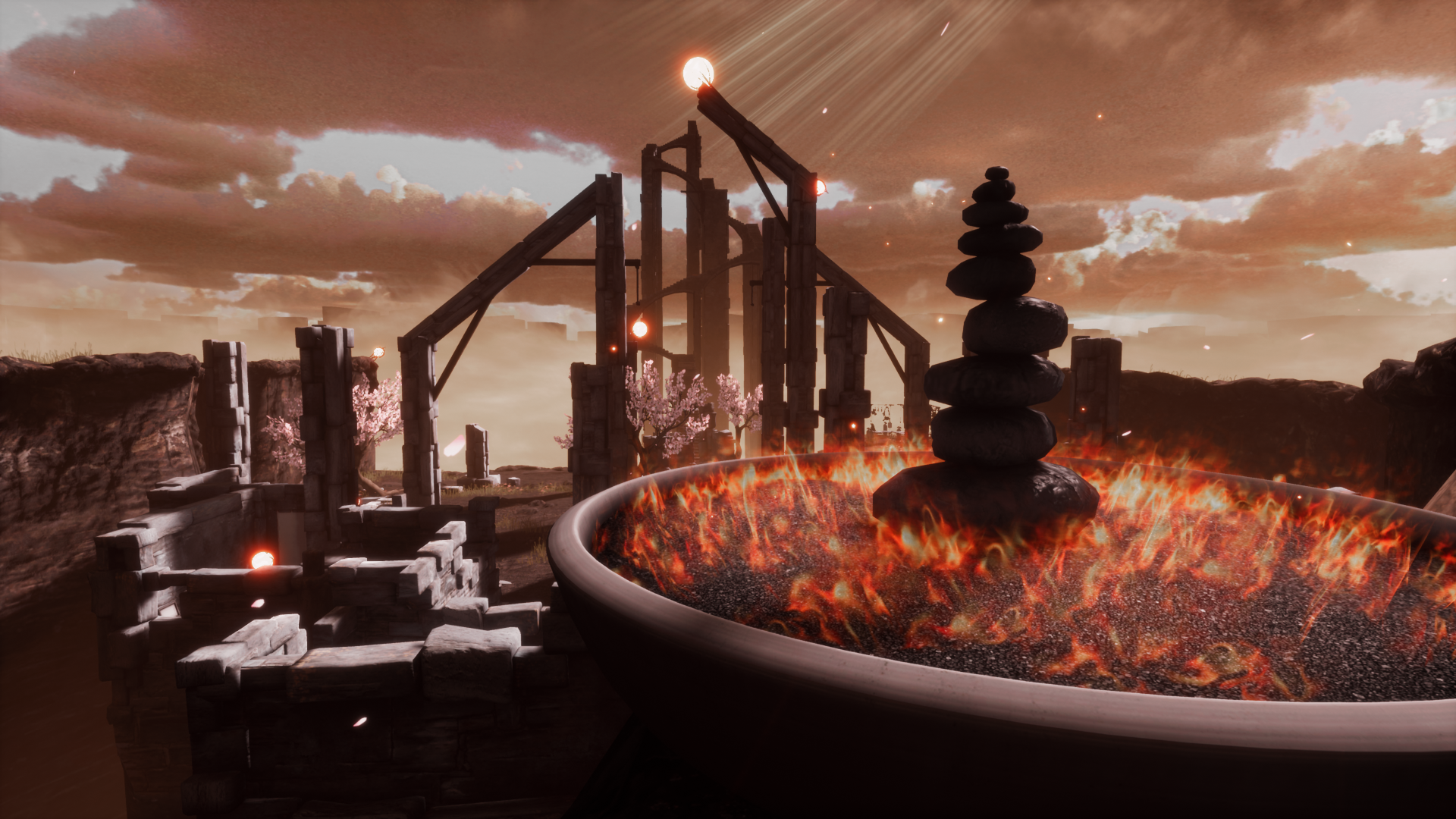
-
Infernium Review #16
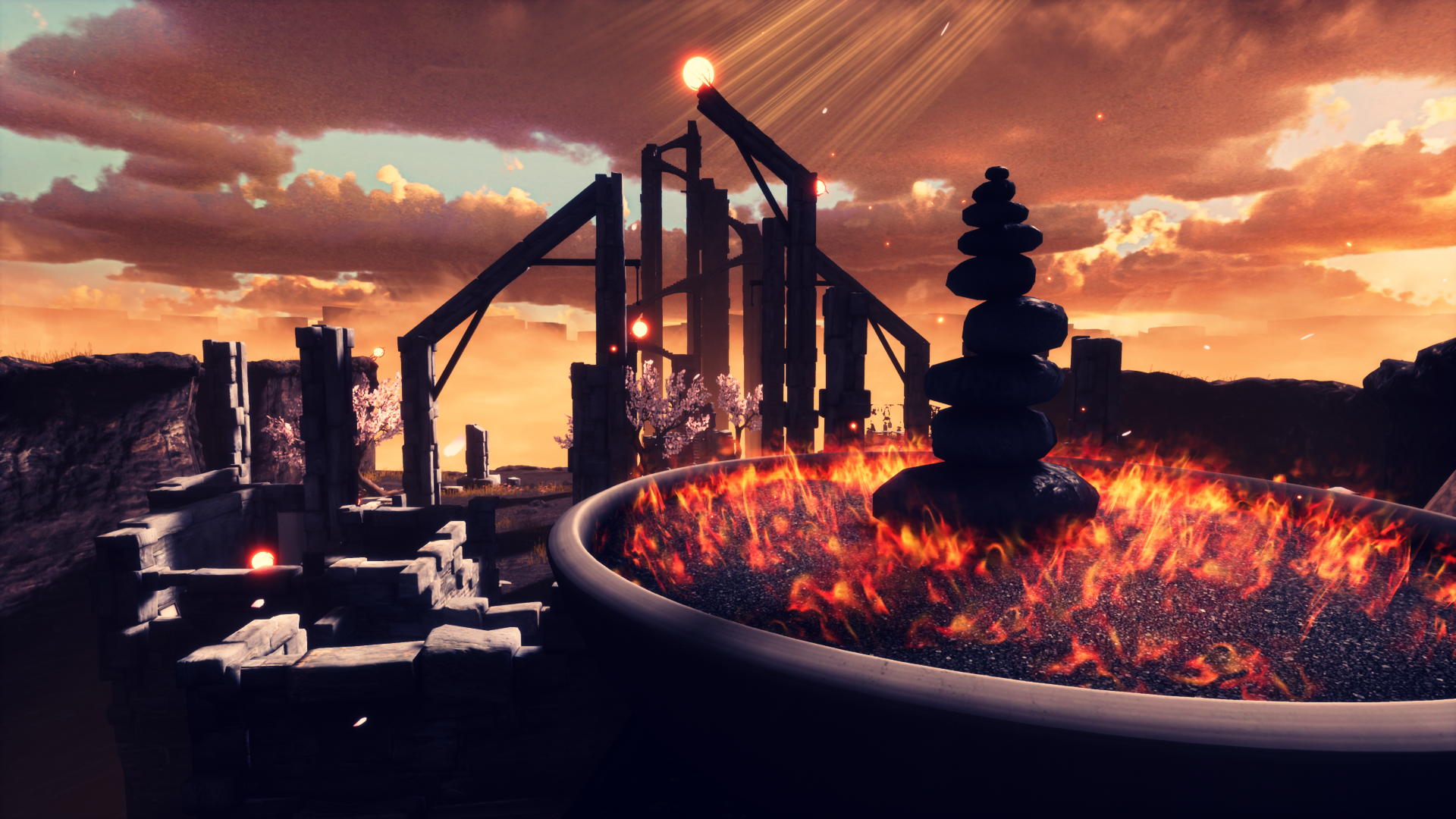
-
Infernium Review #17
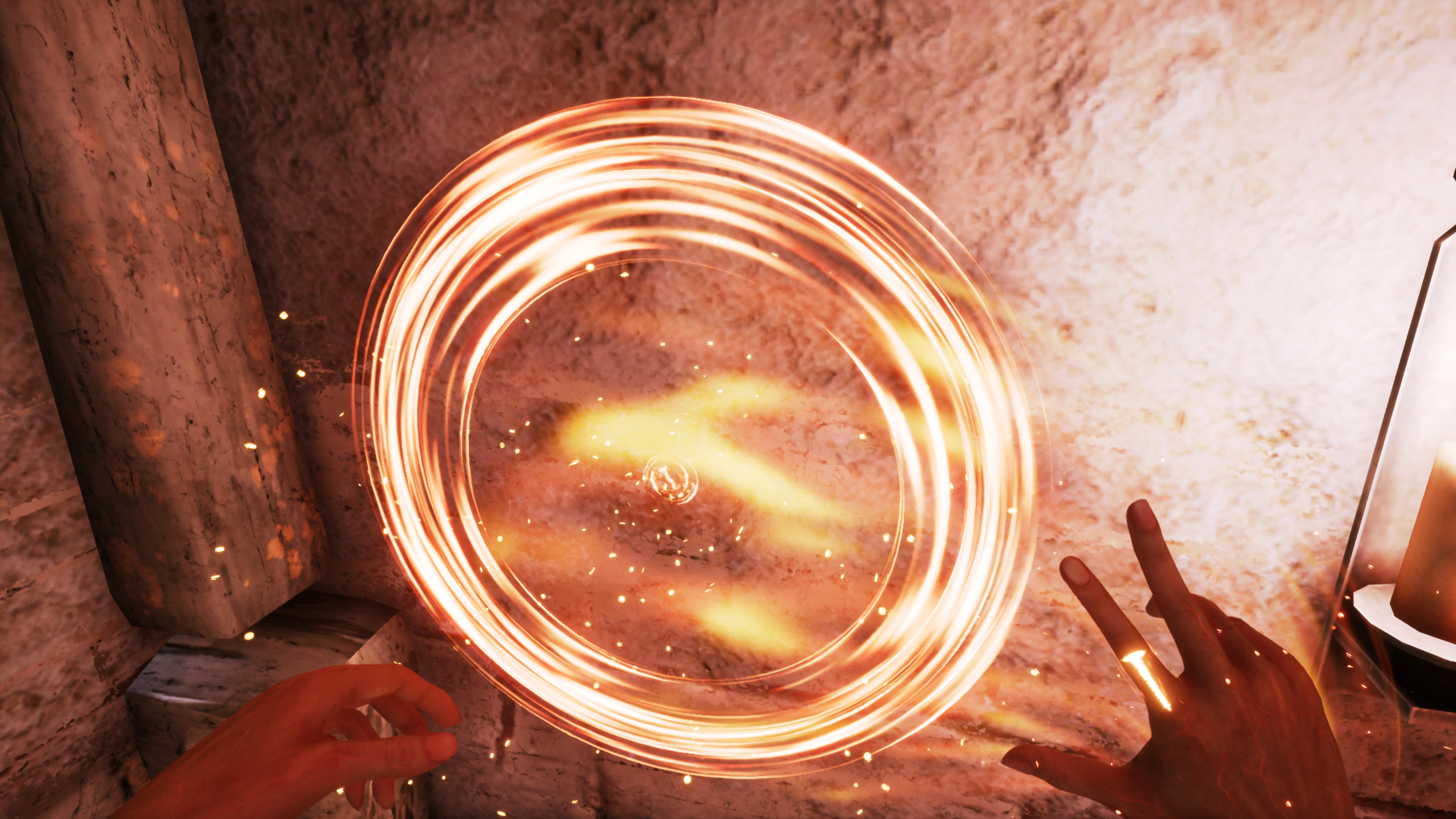
-
Infernium Review #18
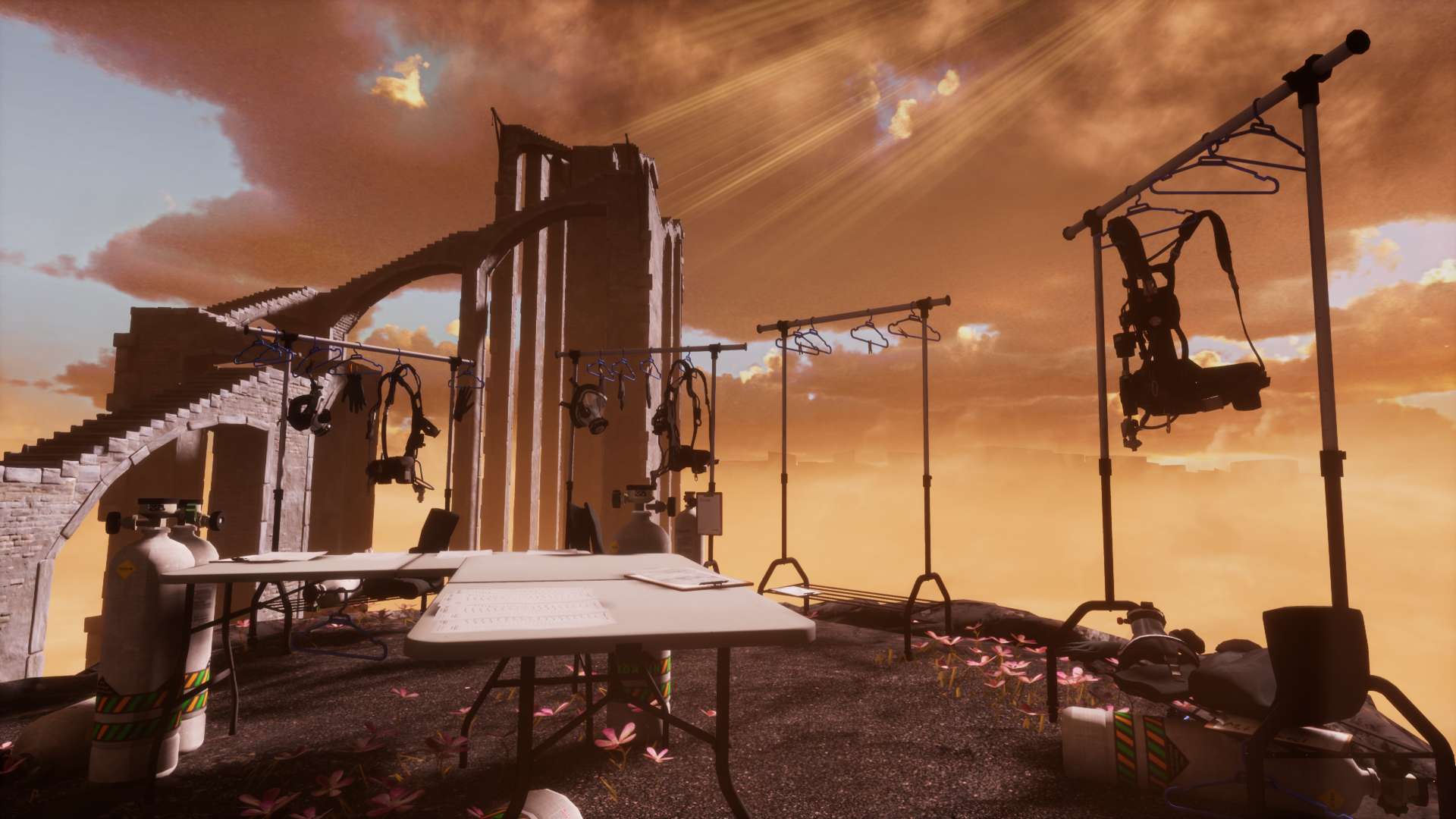
-
Infernium Review #19
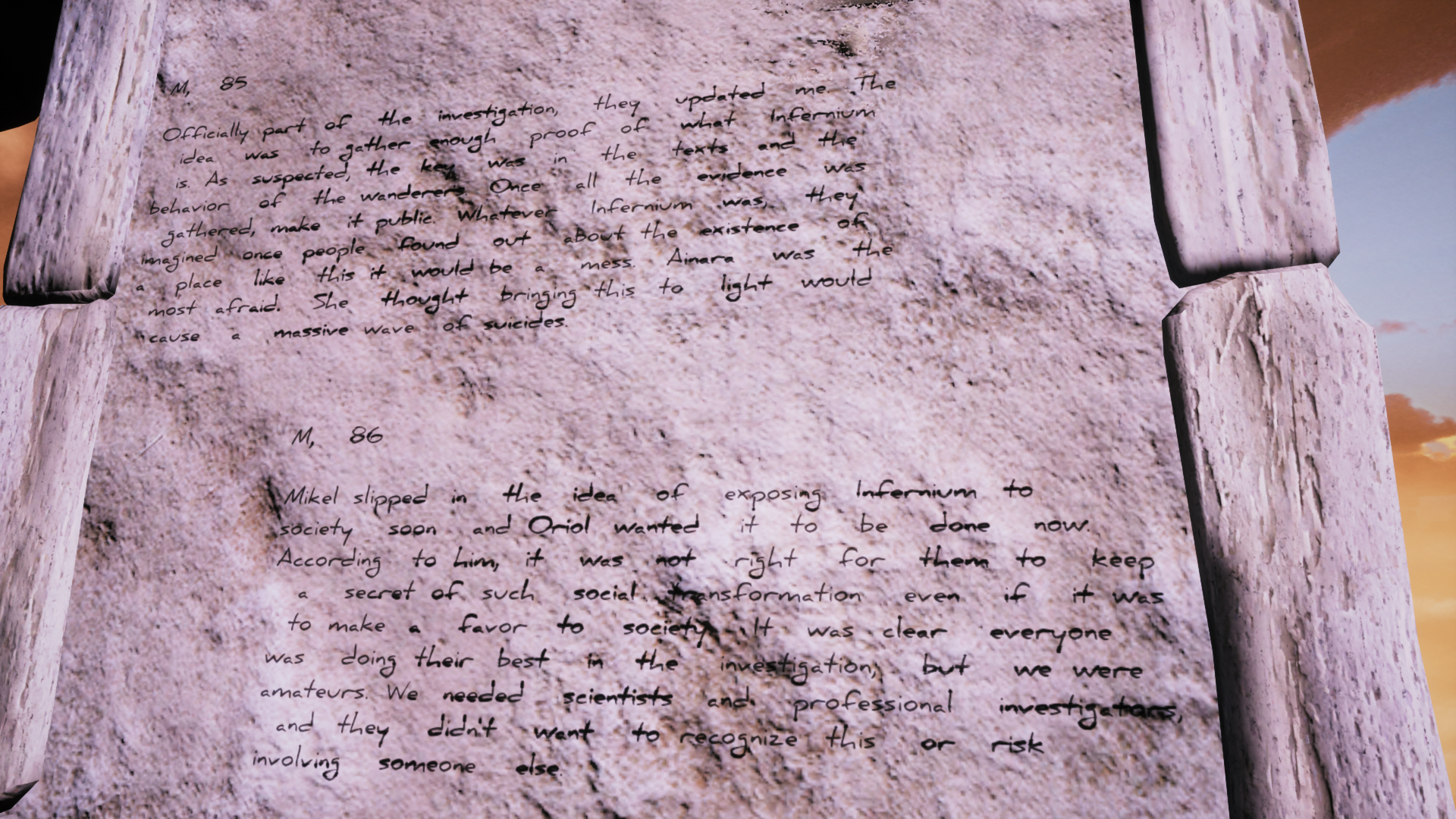
-
Infernium Review #20
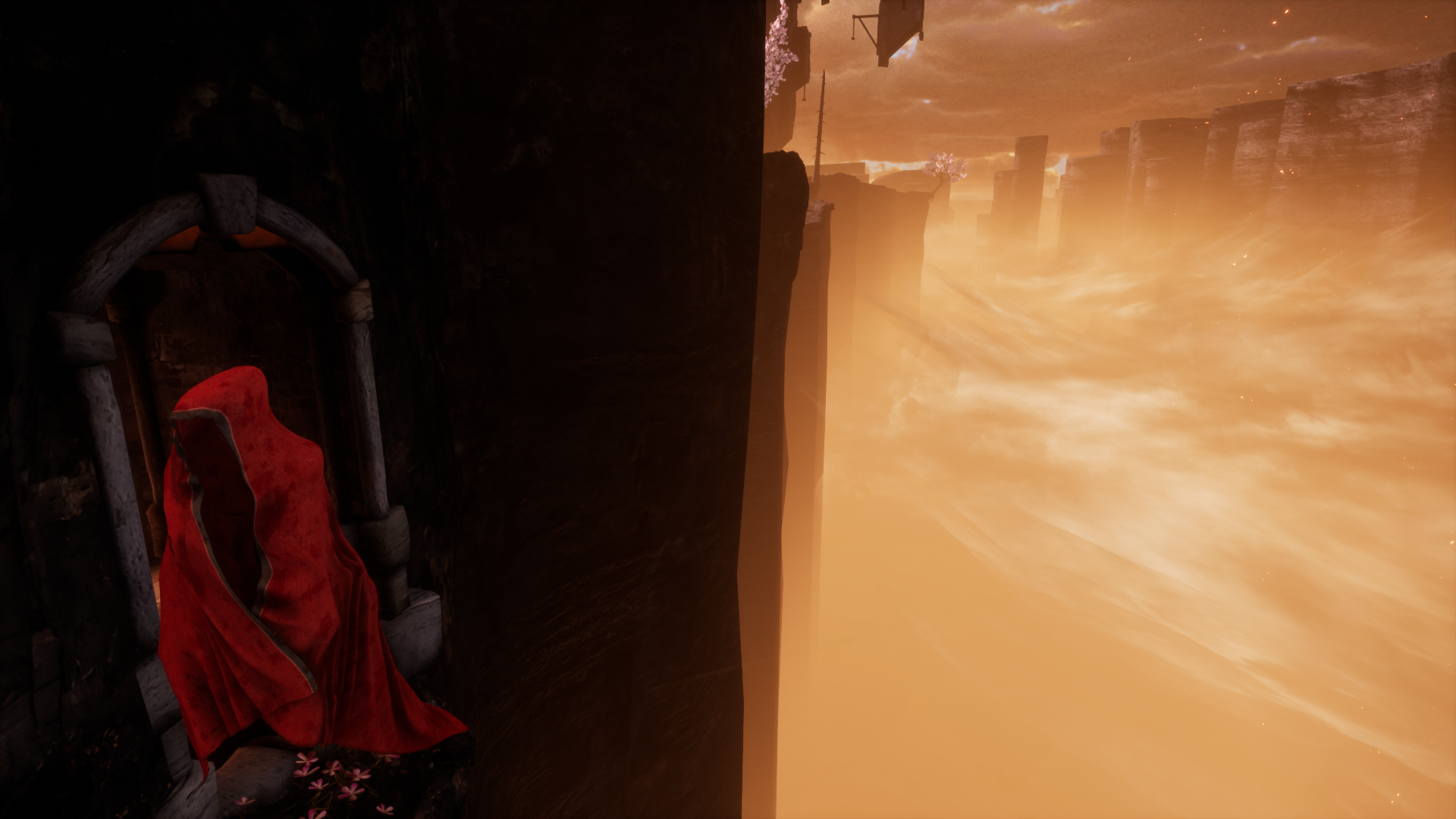
-
Infernium Review #21
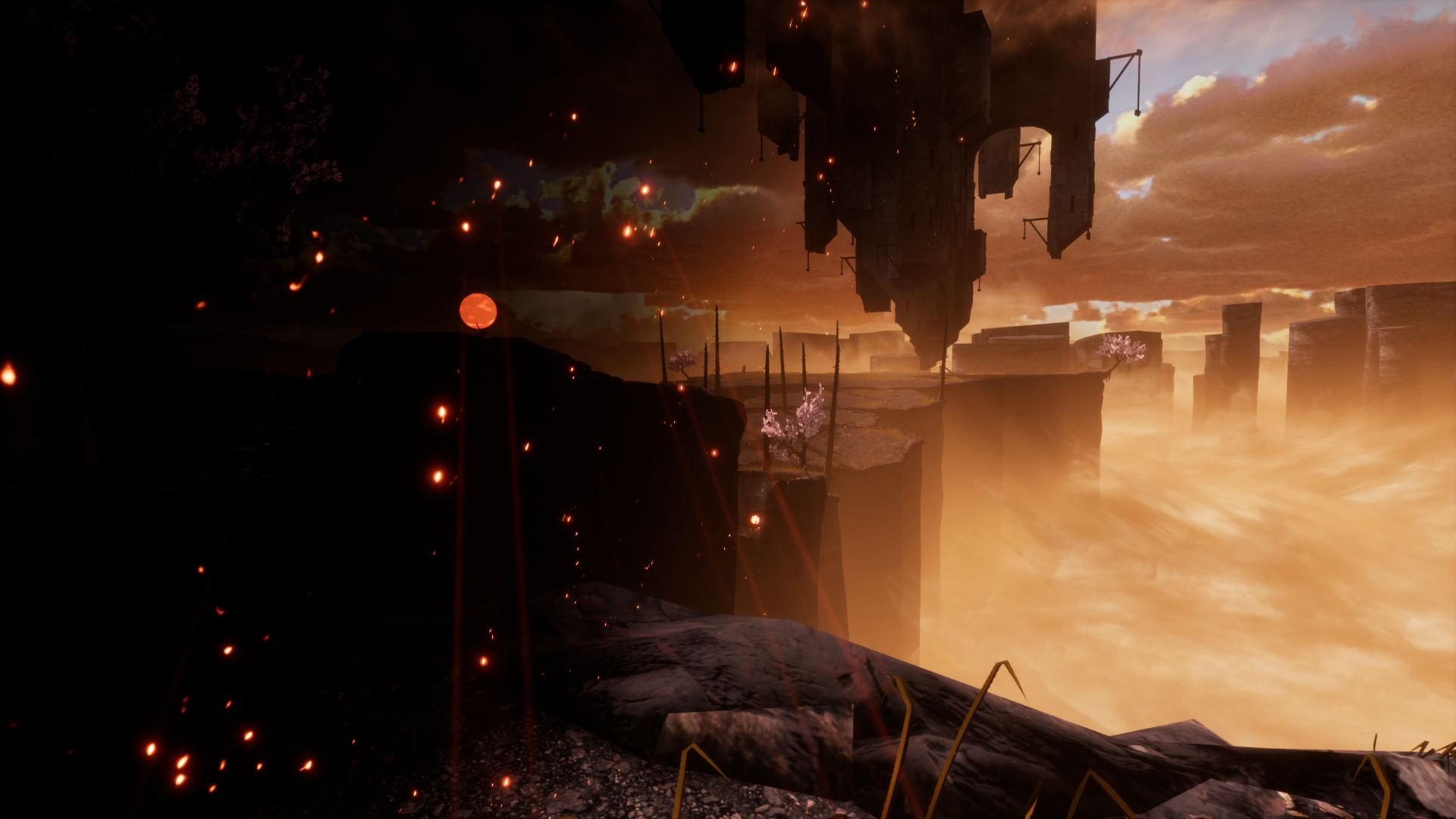
-
Infernium Review #22
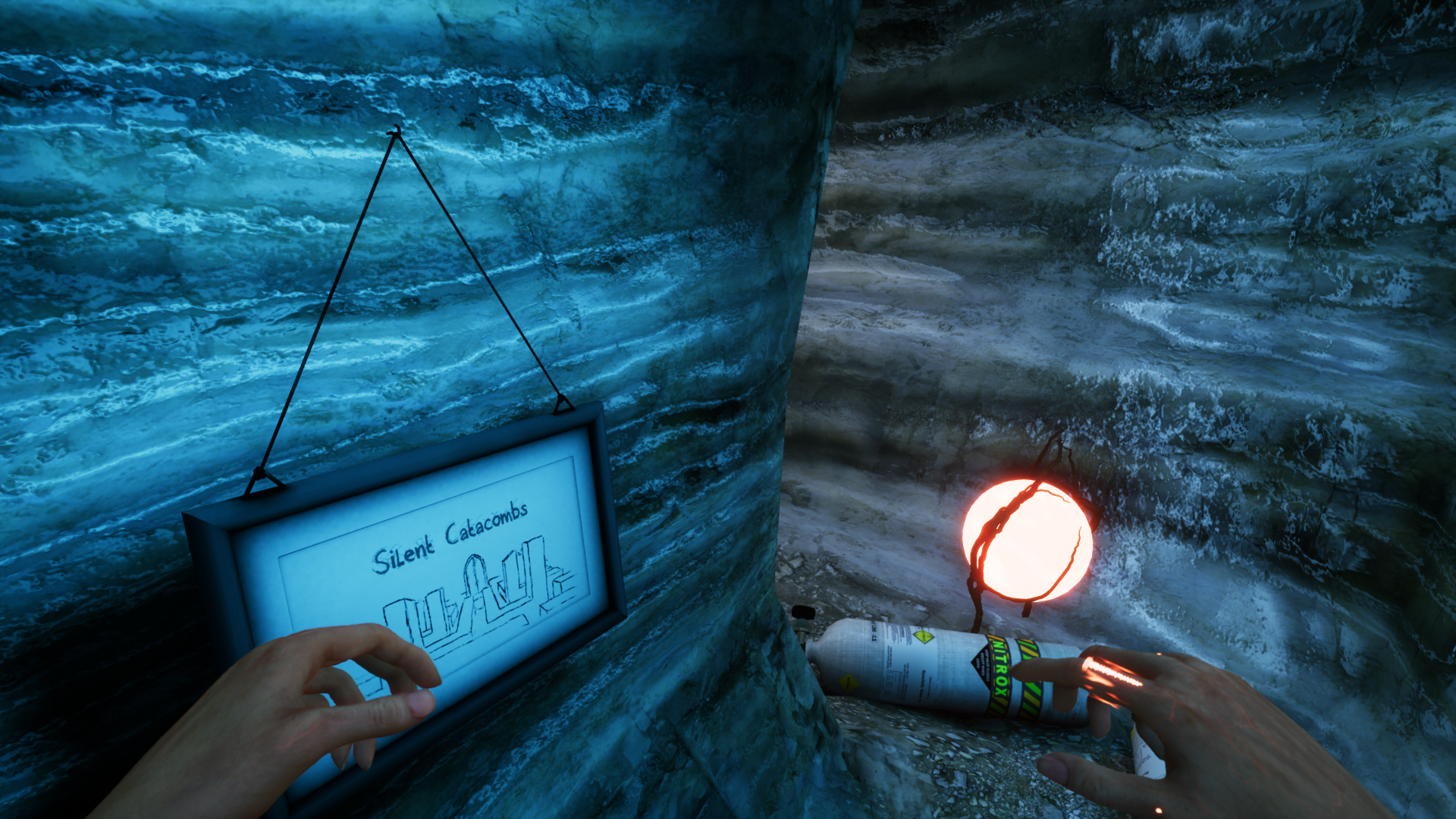
-
Infernium Review #23
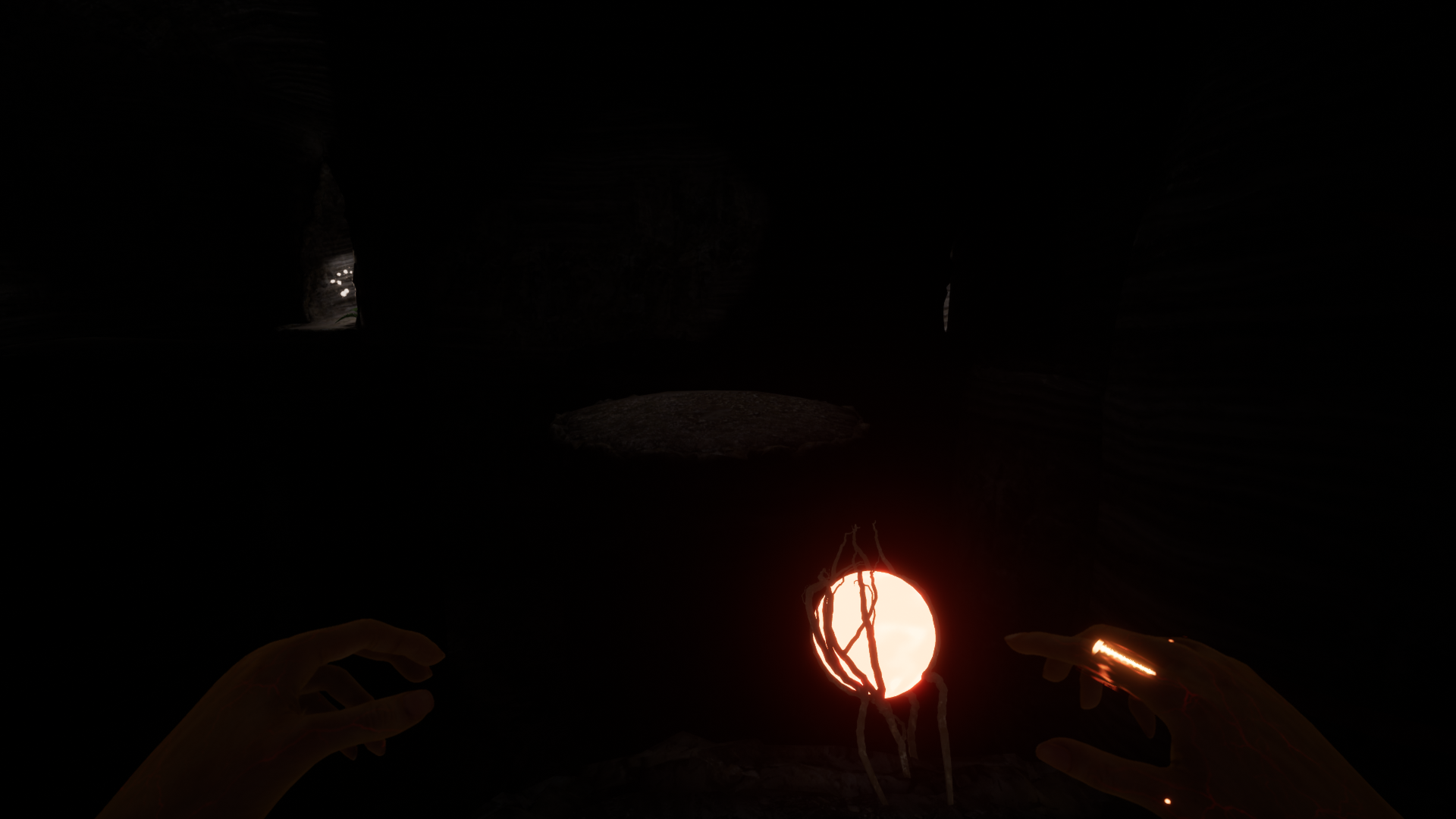
-
Infernium Review #24
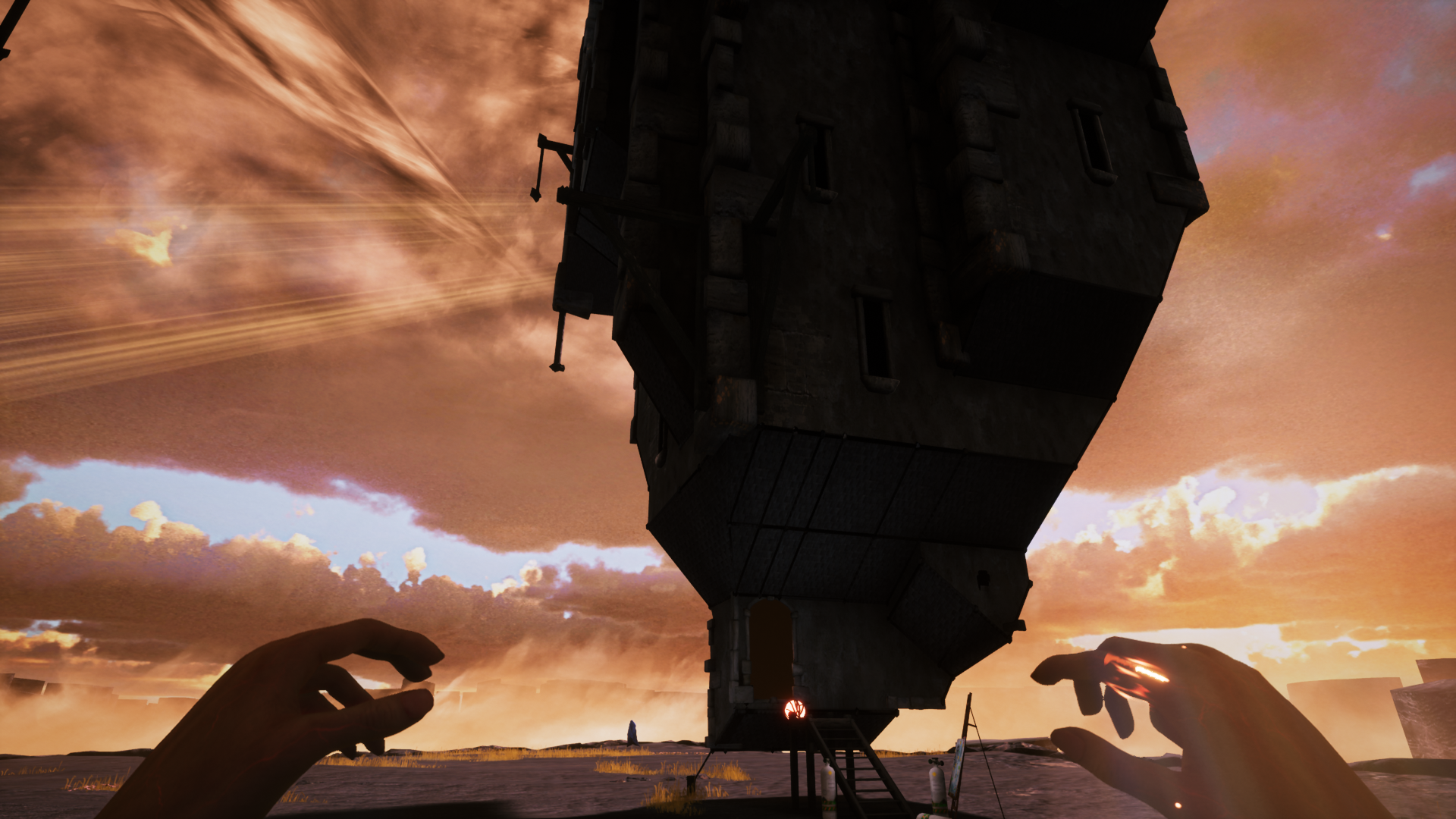
-
Infernium Review #25
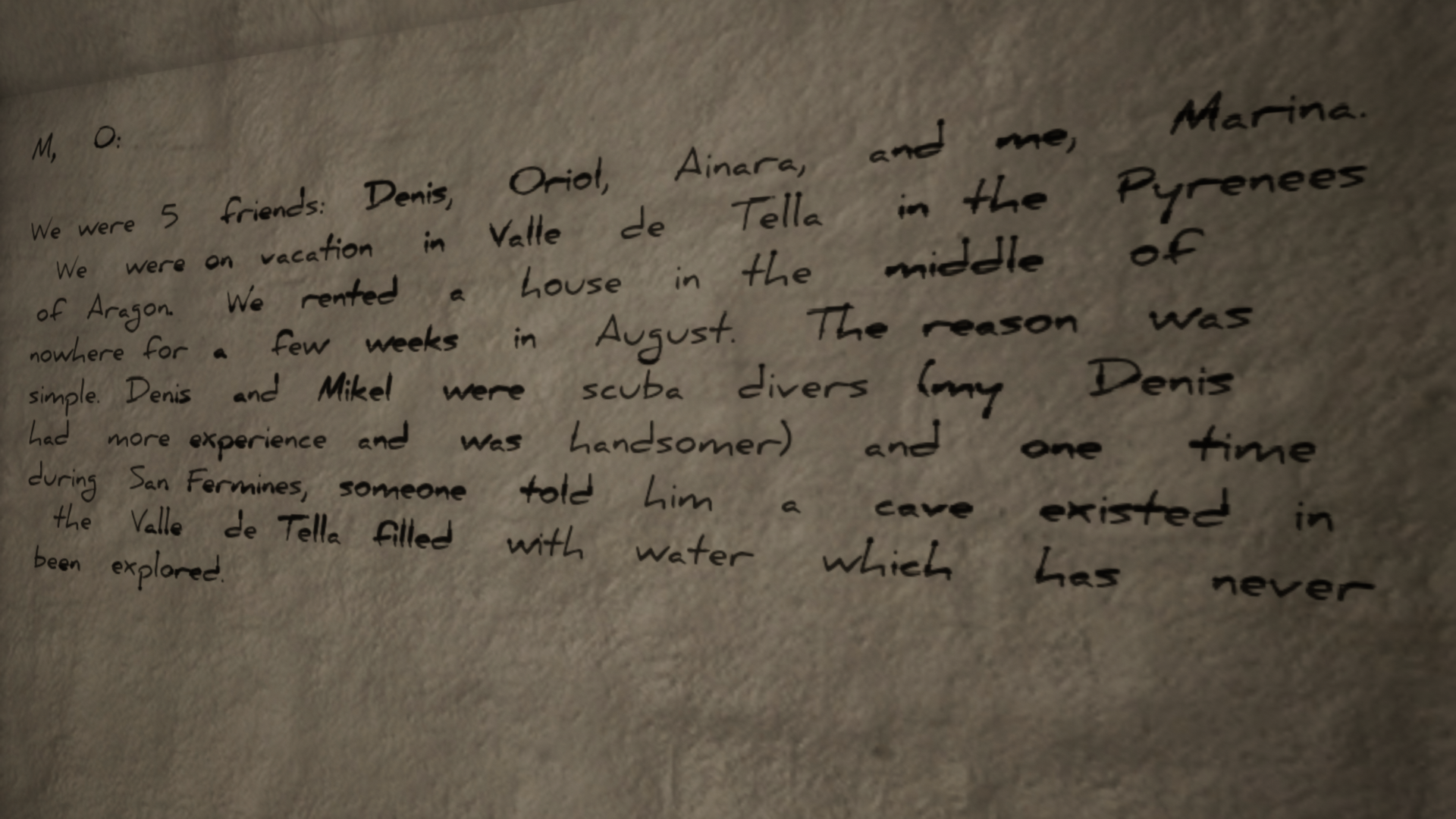
-
Infernium Review #26
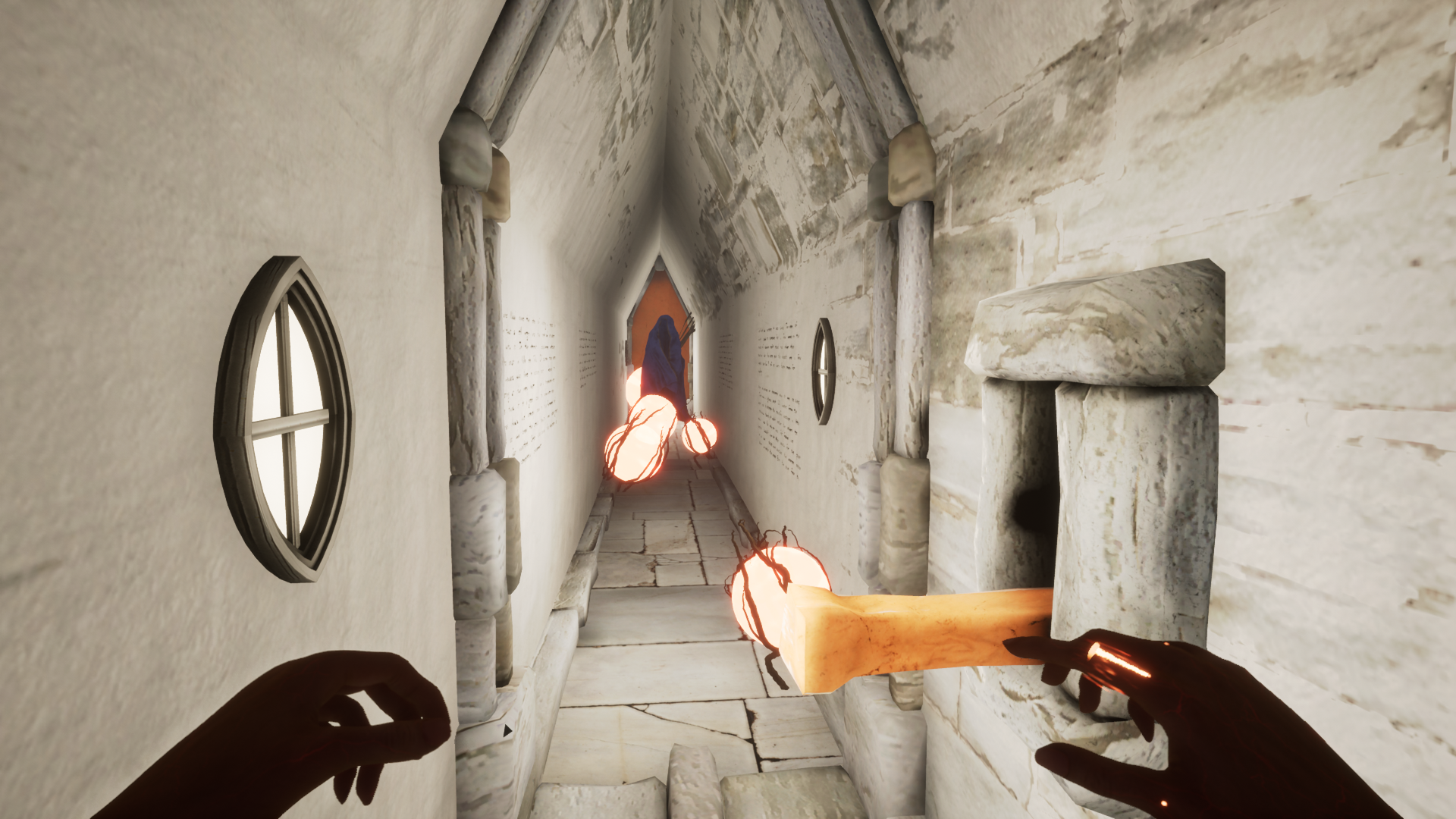
-
Infernium Review #27
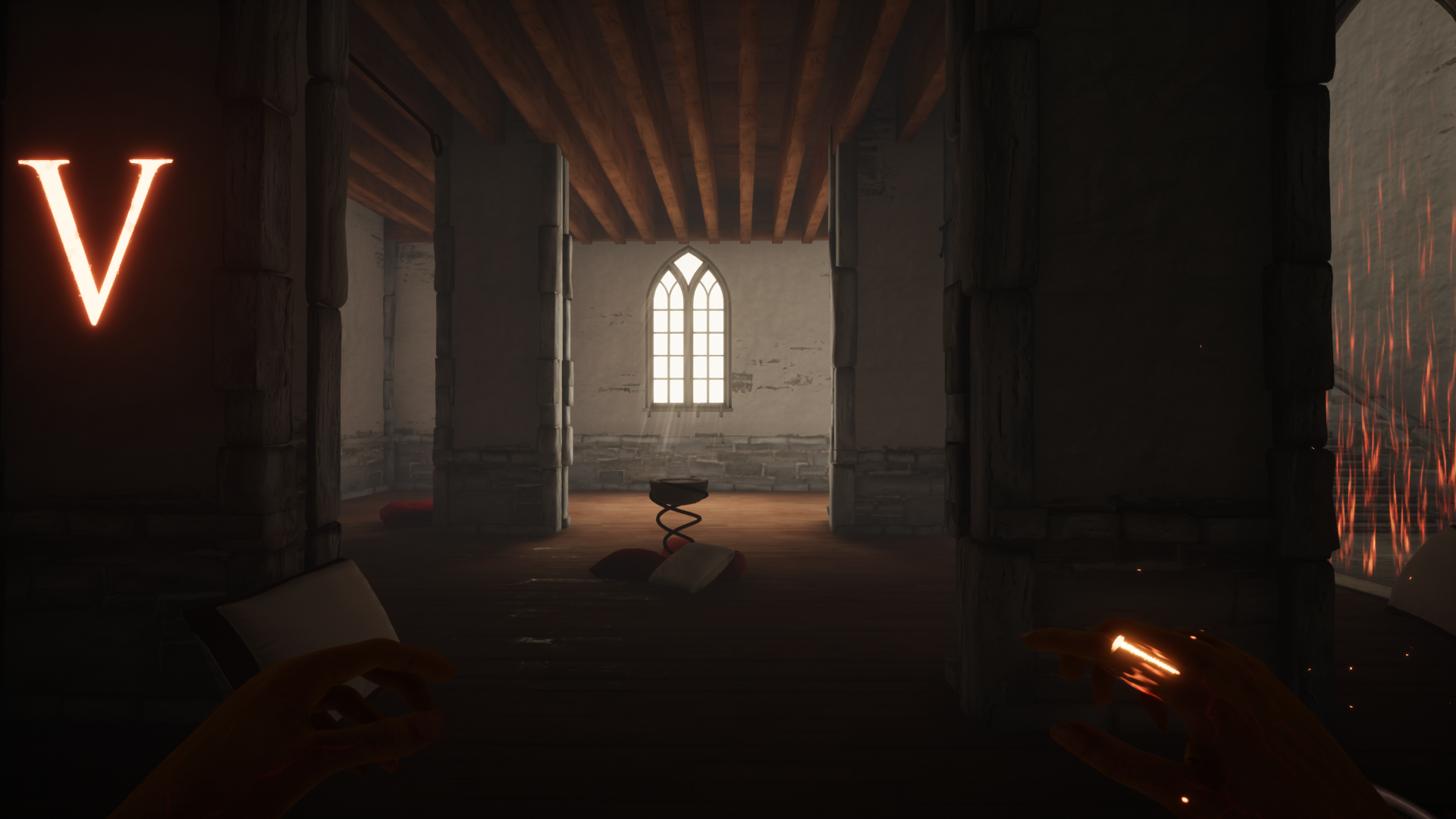
-
Infernium Review #28
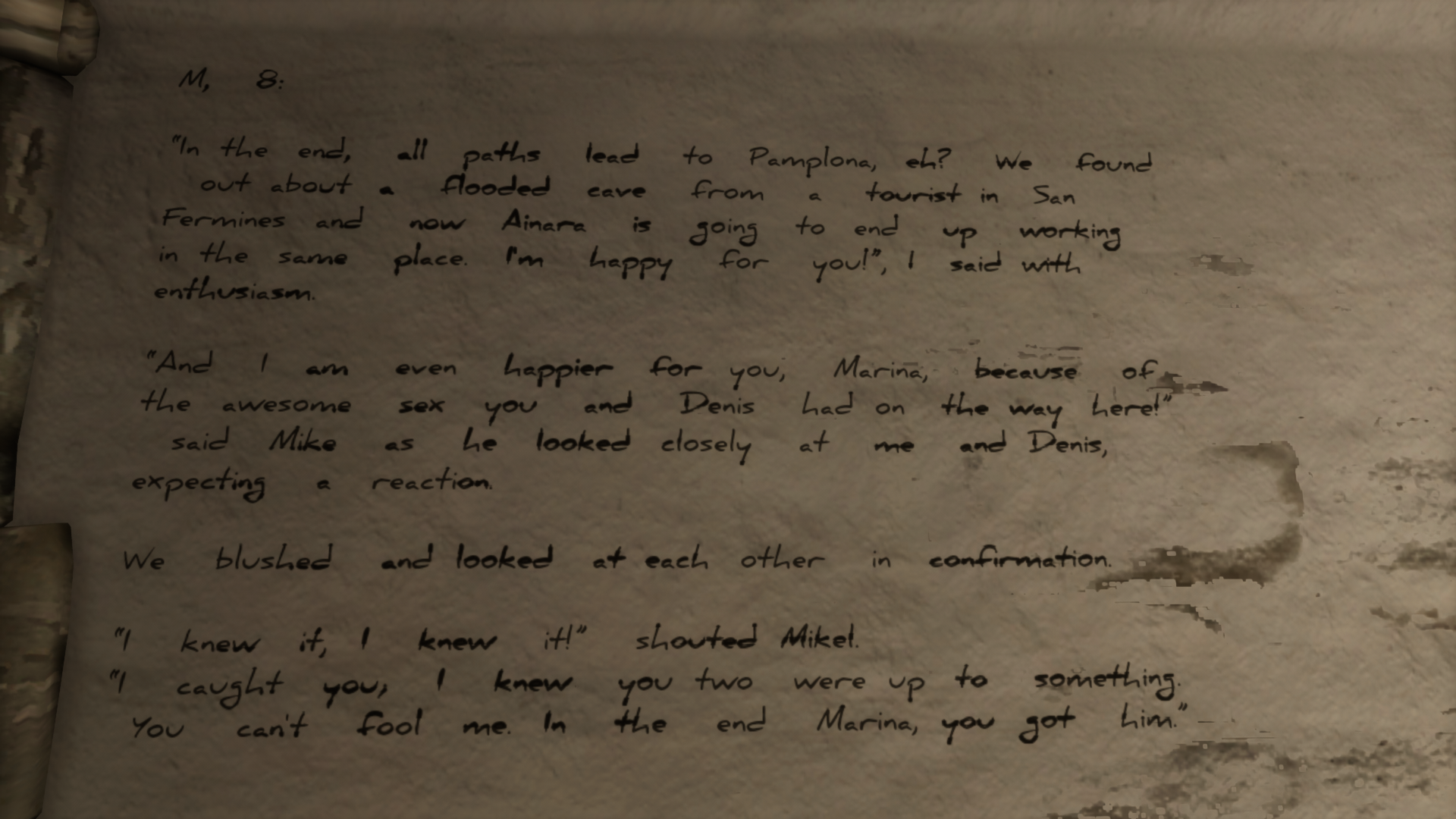
-
Infernium Review #29

-
Infernium Review #30
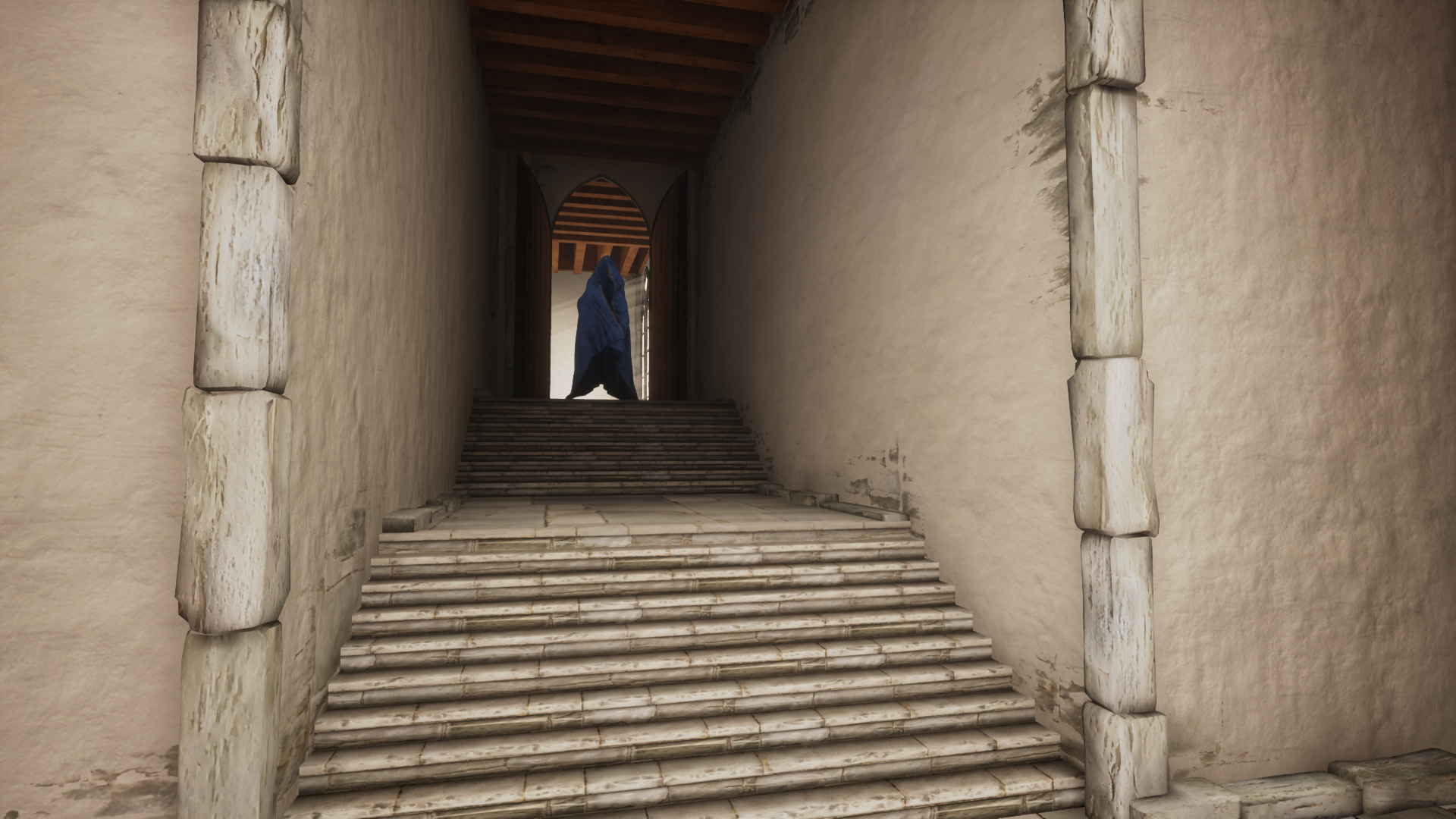
-
Infernium Review #31
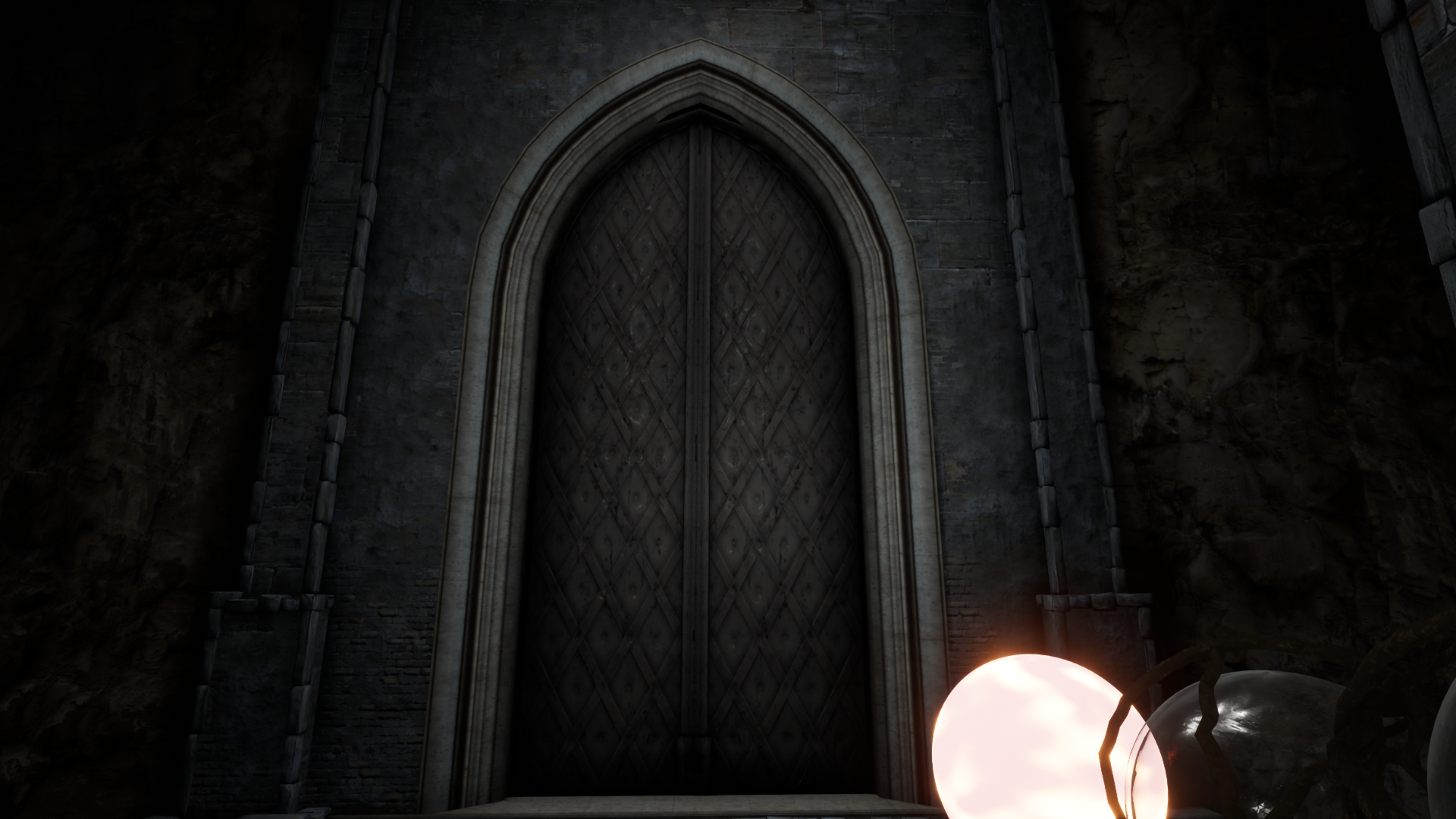
-
Infernium Review #32
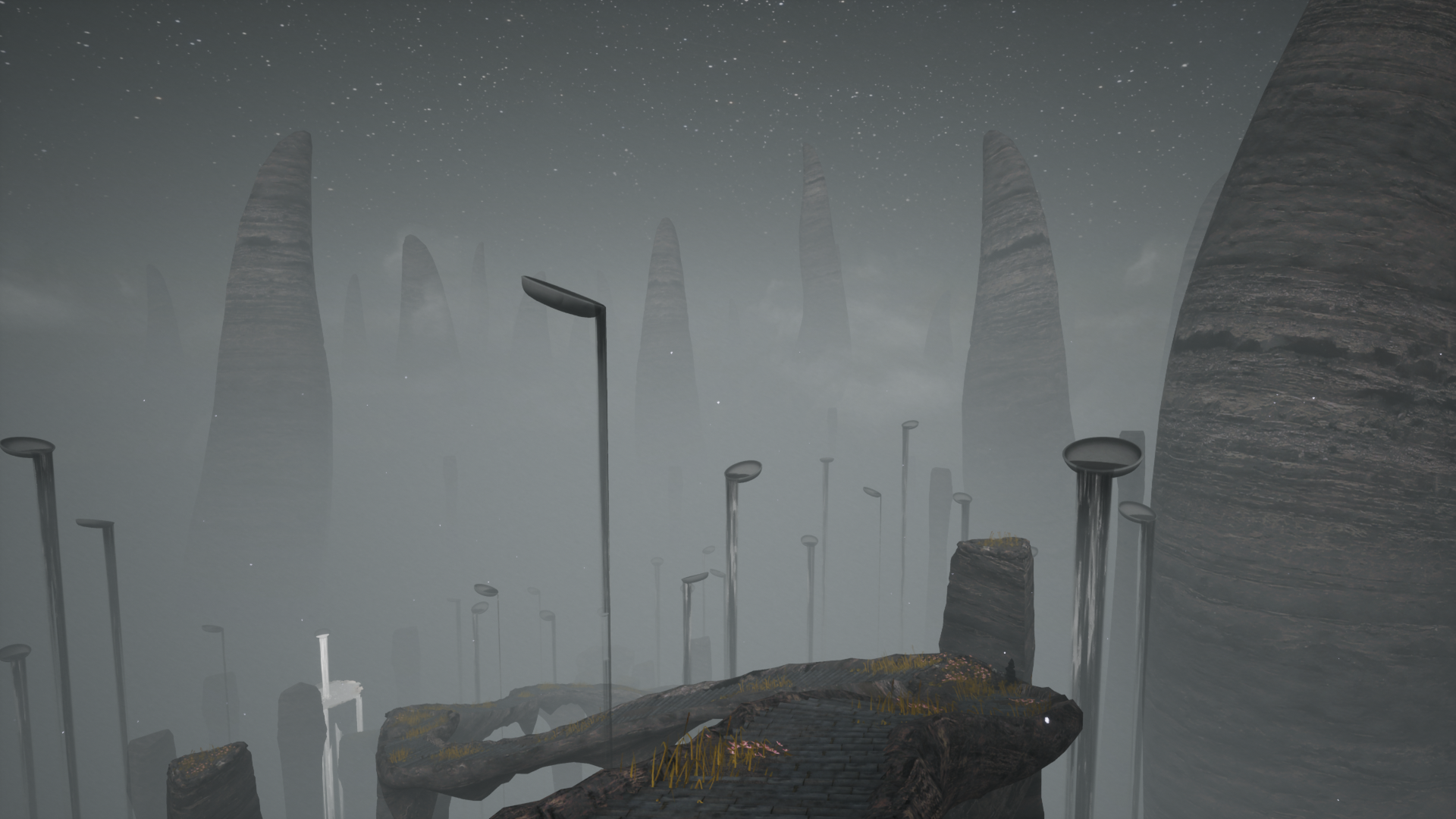
-
Infernium Review #33
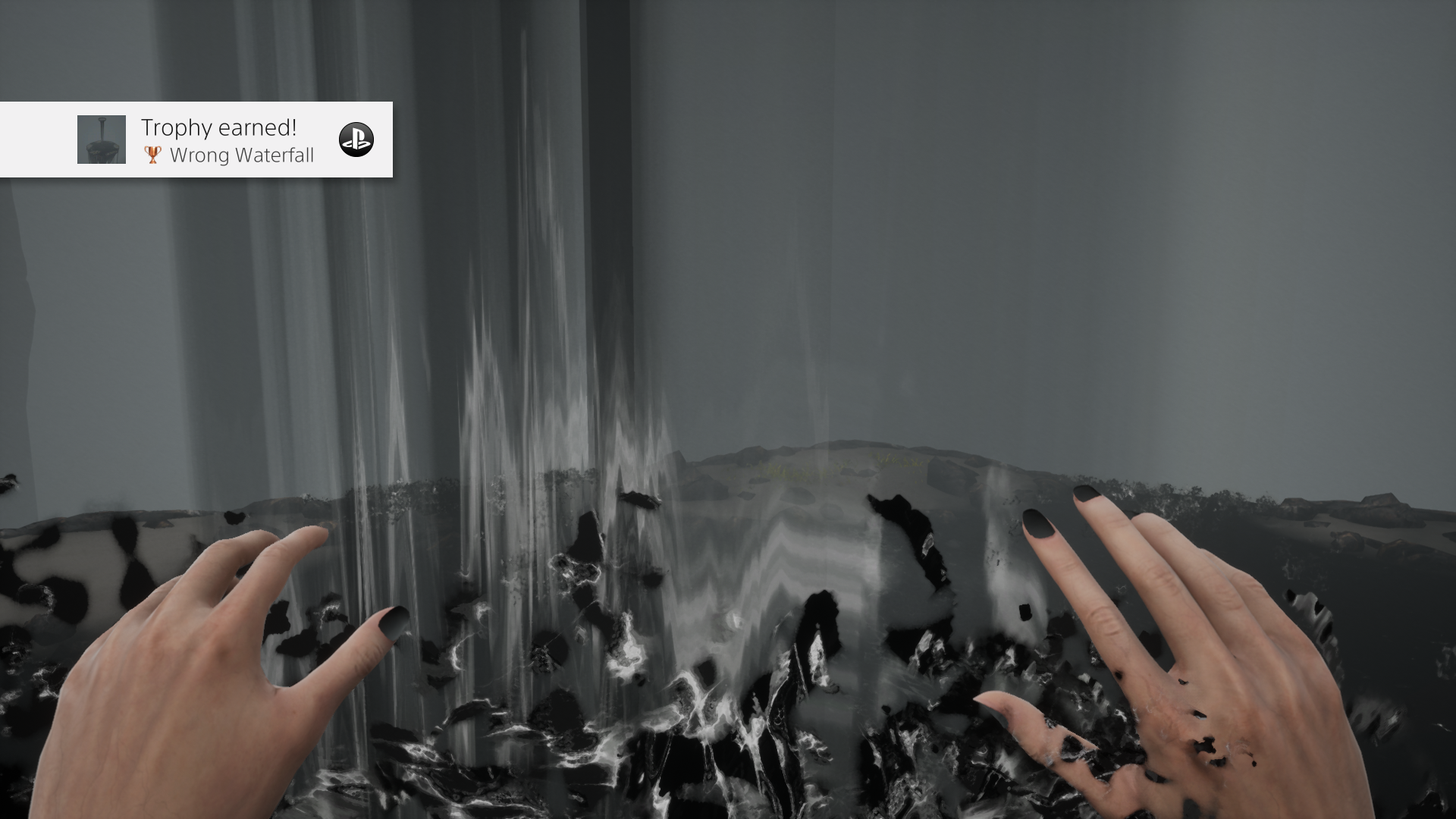
-
Infernium Review #34

-
Infernium Review #35

-
Infernium Review #36
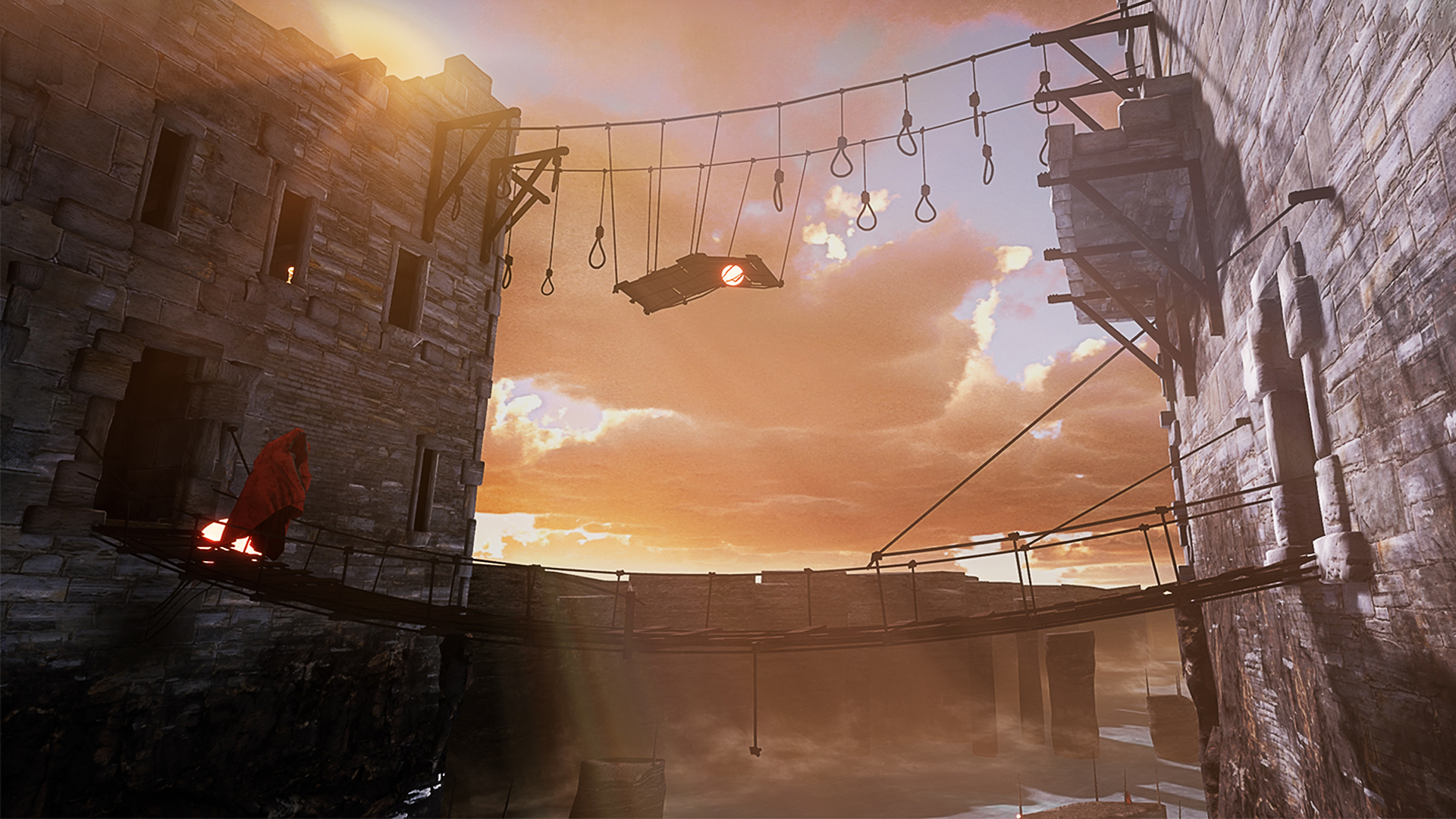
-
Infernium Review #37
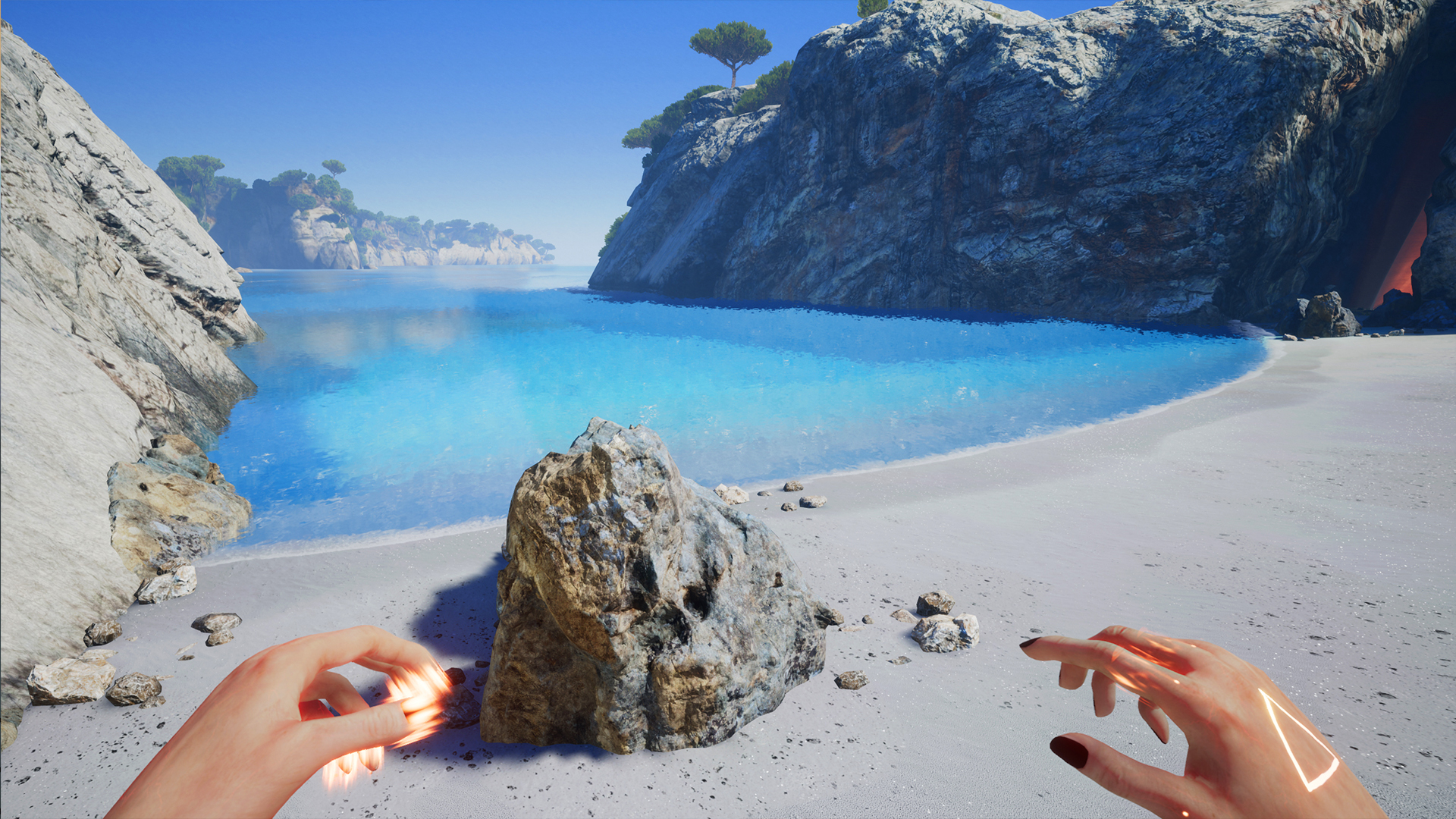
-
Infernium Review #38
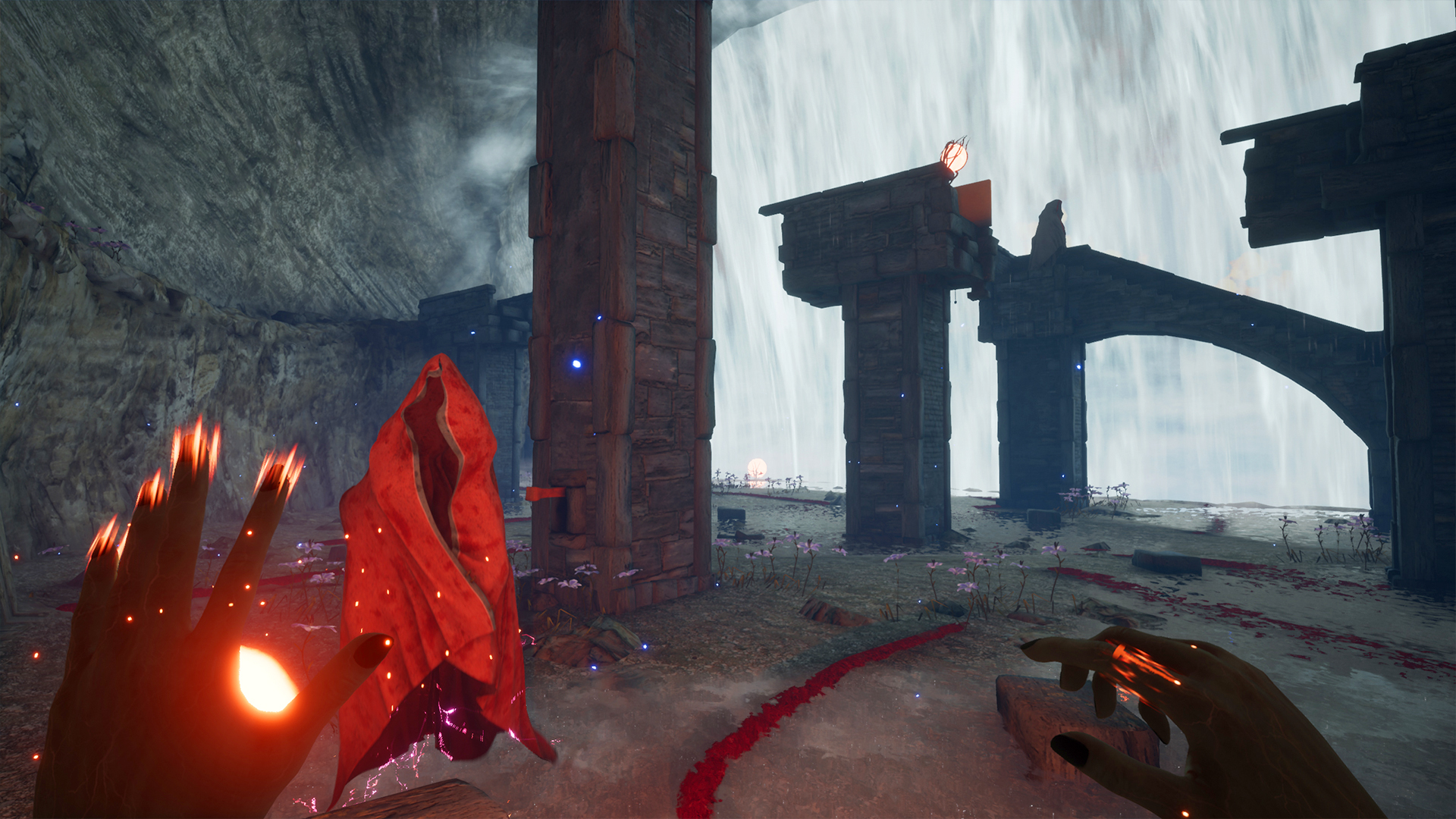
-
Infernium Review #39
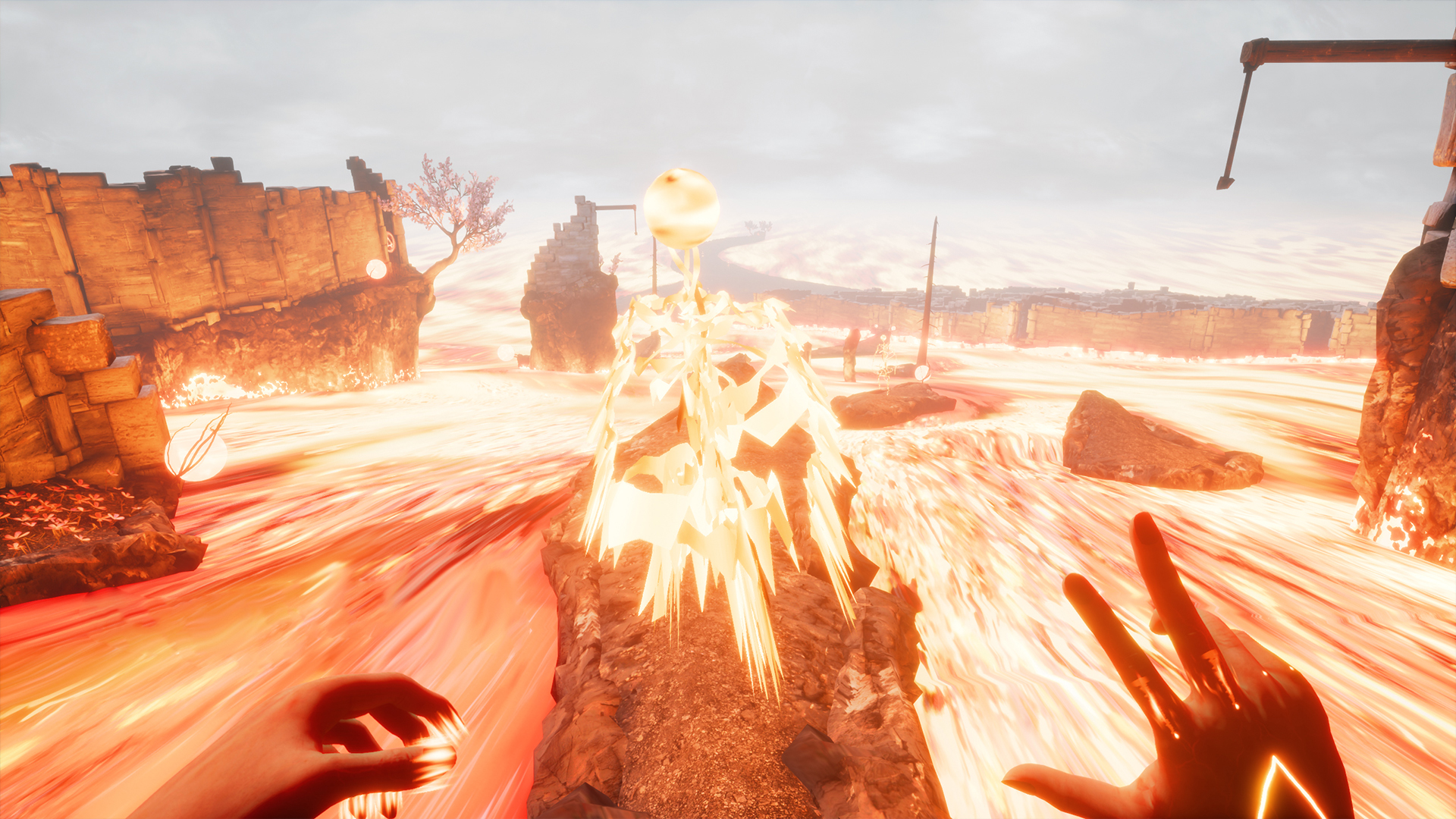
-
Infernium Review #40
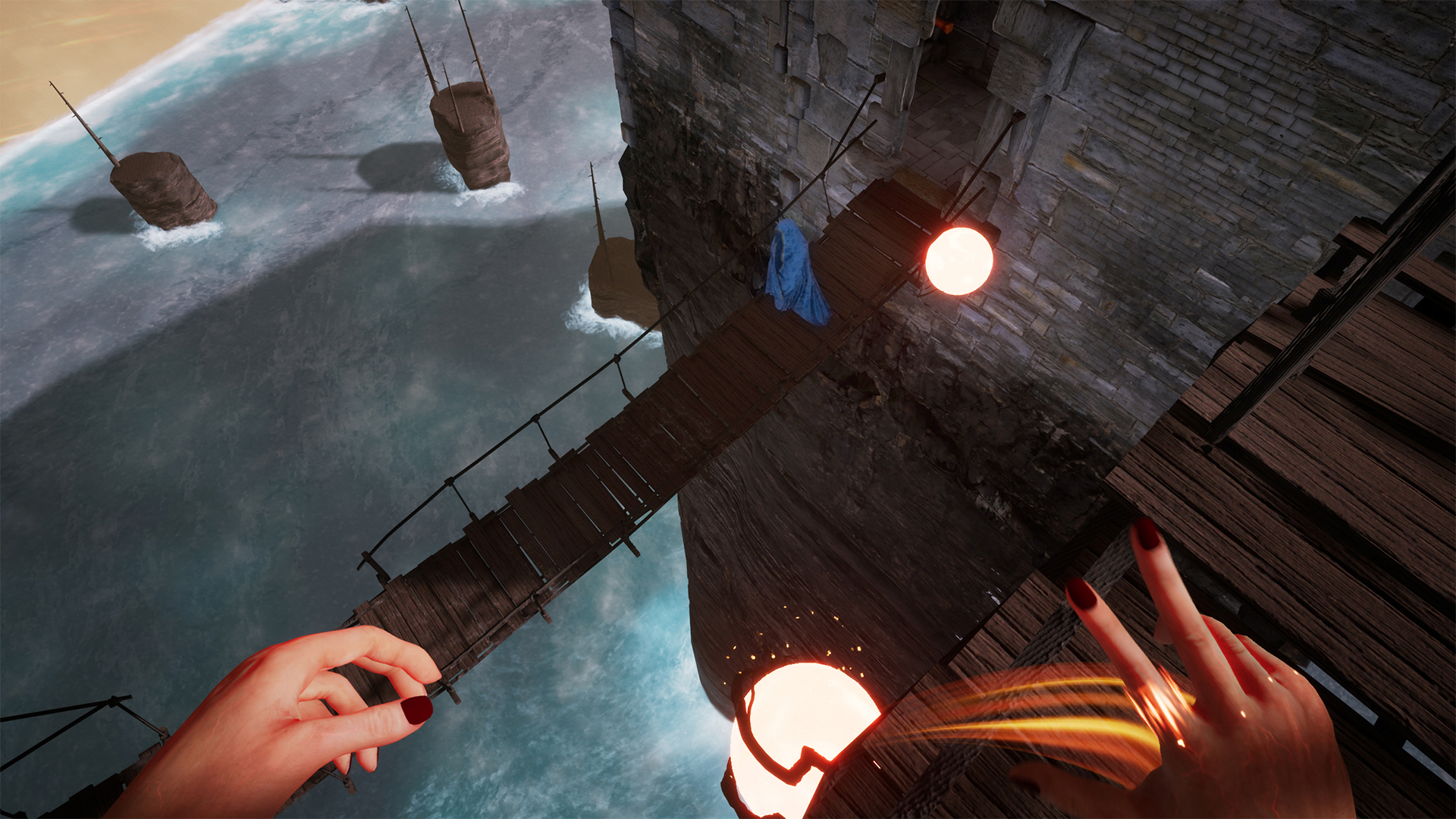
-
Infernium Review #41

-
Infernium Review #42
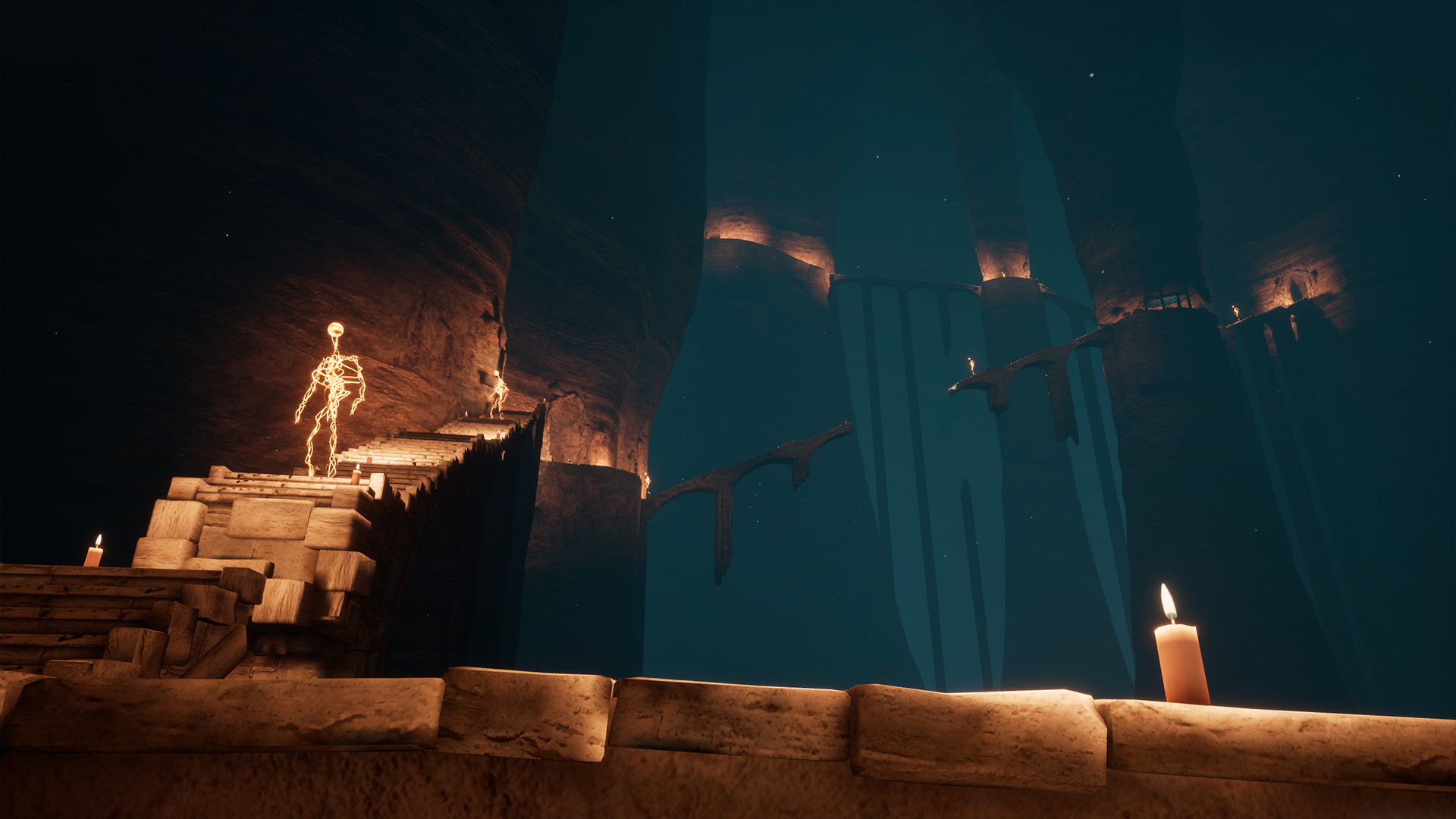
-
Infernium Review #43
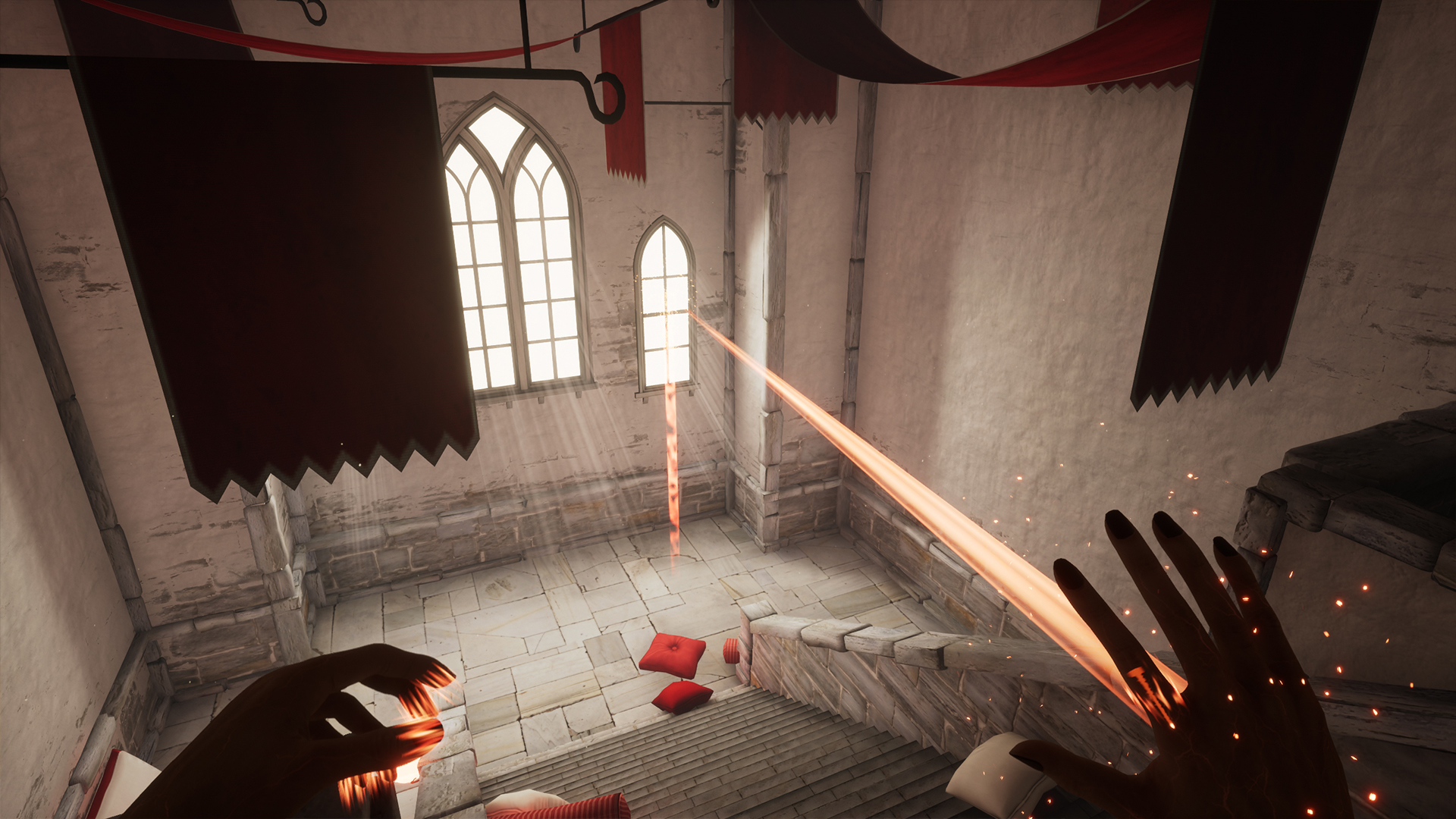
-
Infernium Review #44
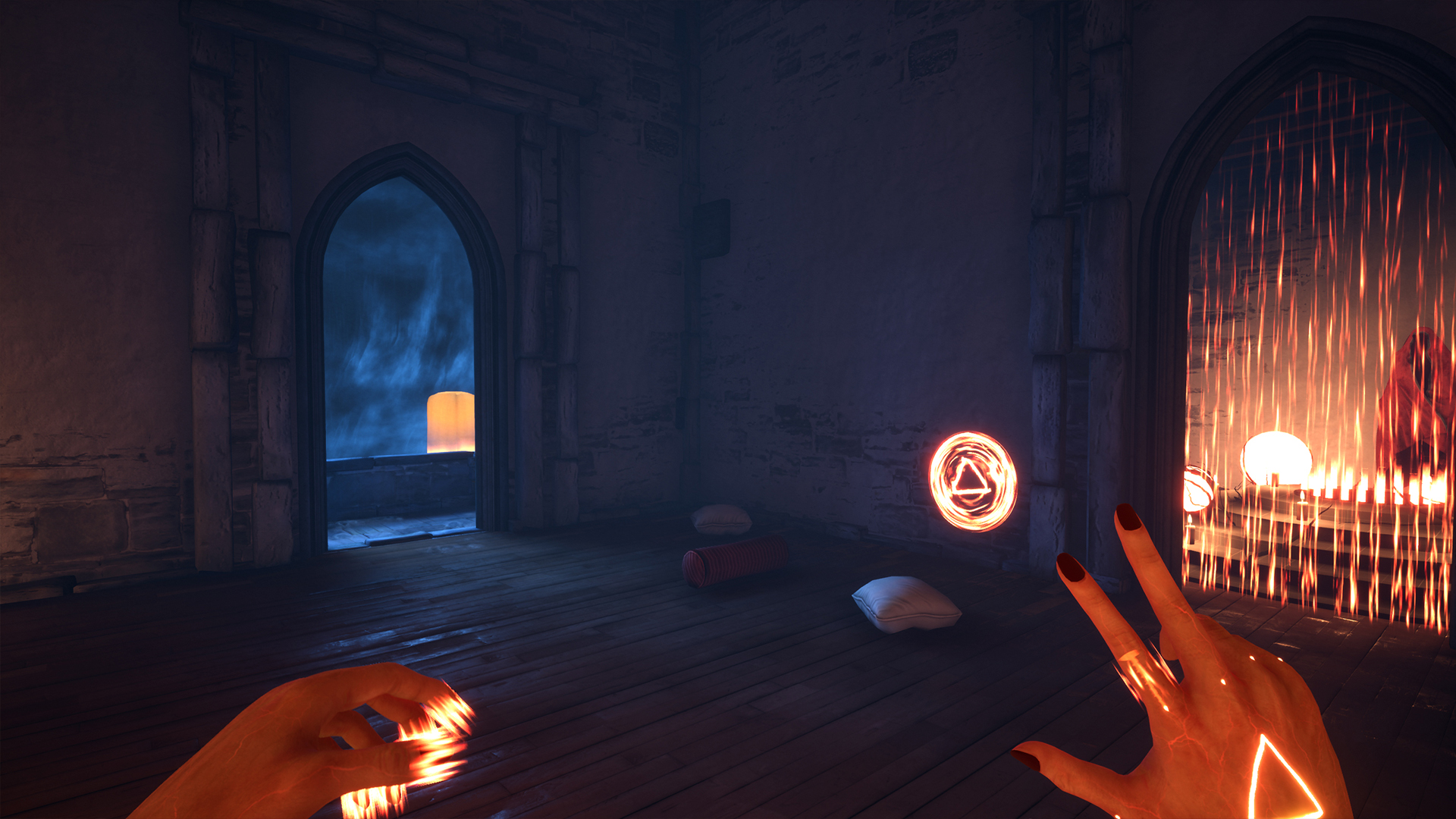
-
Infernium Review #45
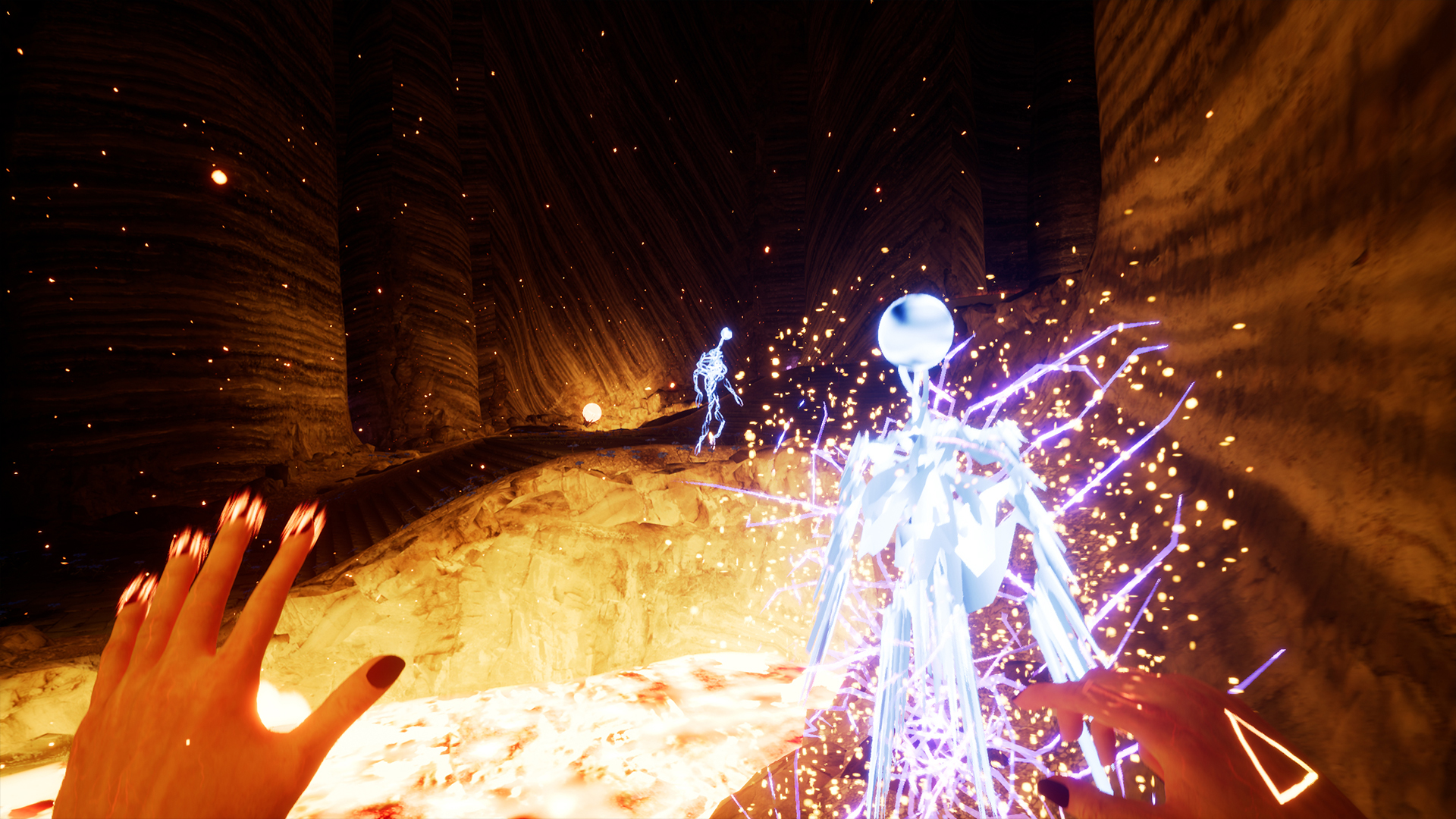
-
Infernium Review #46
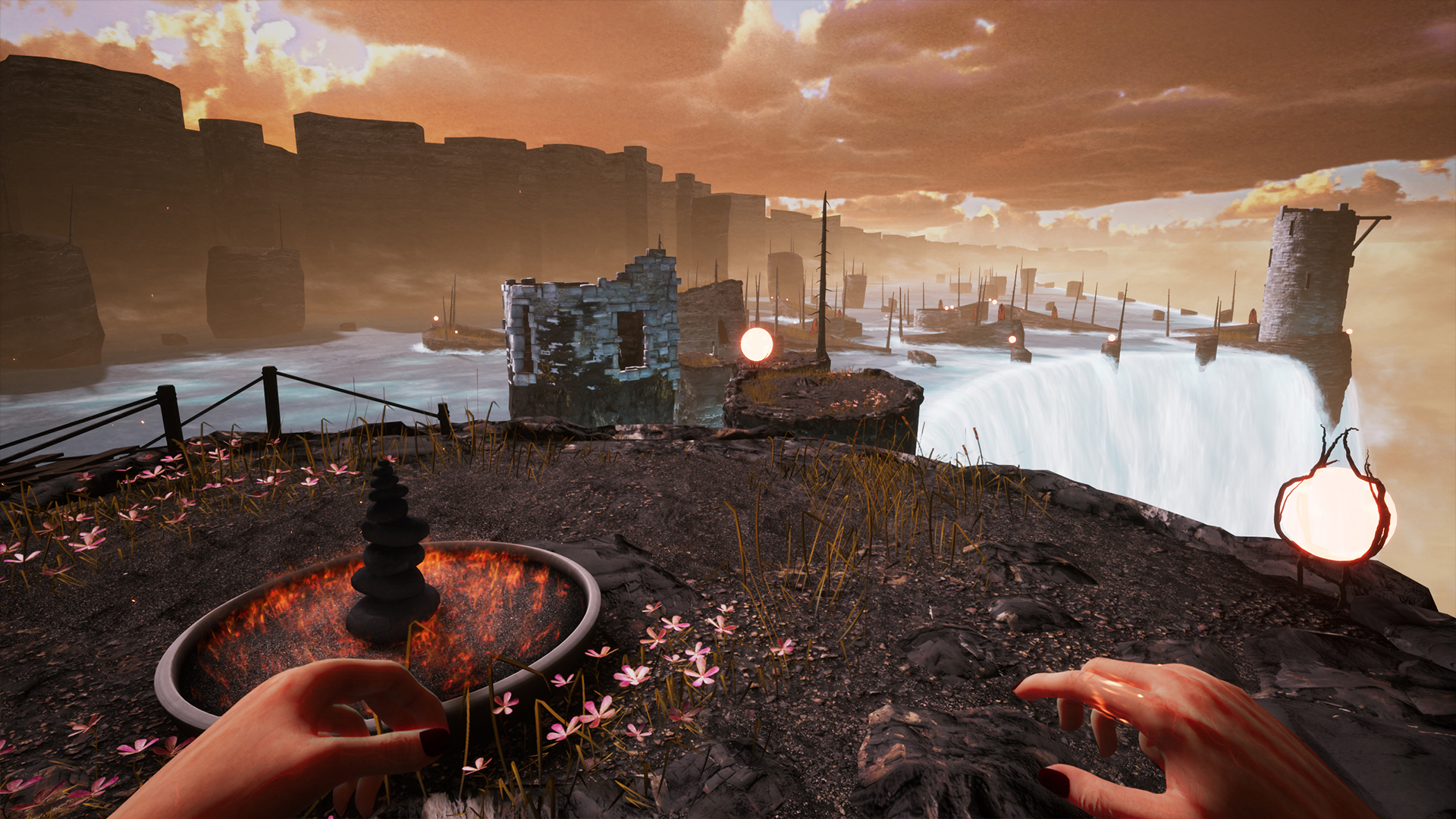
-
Infernium Review #47
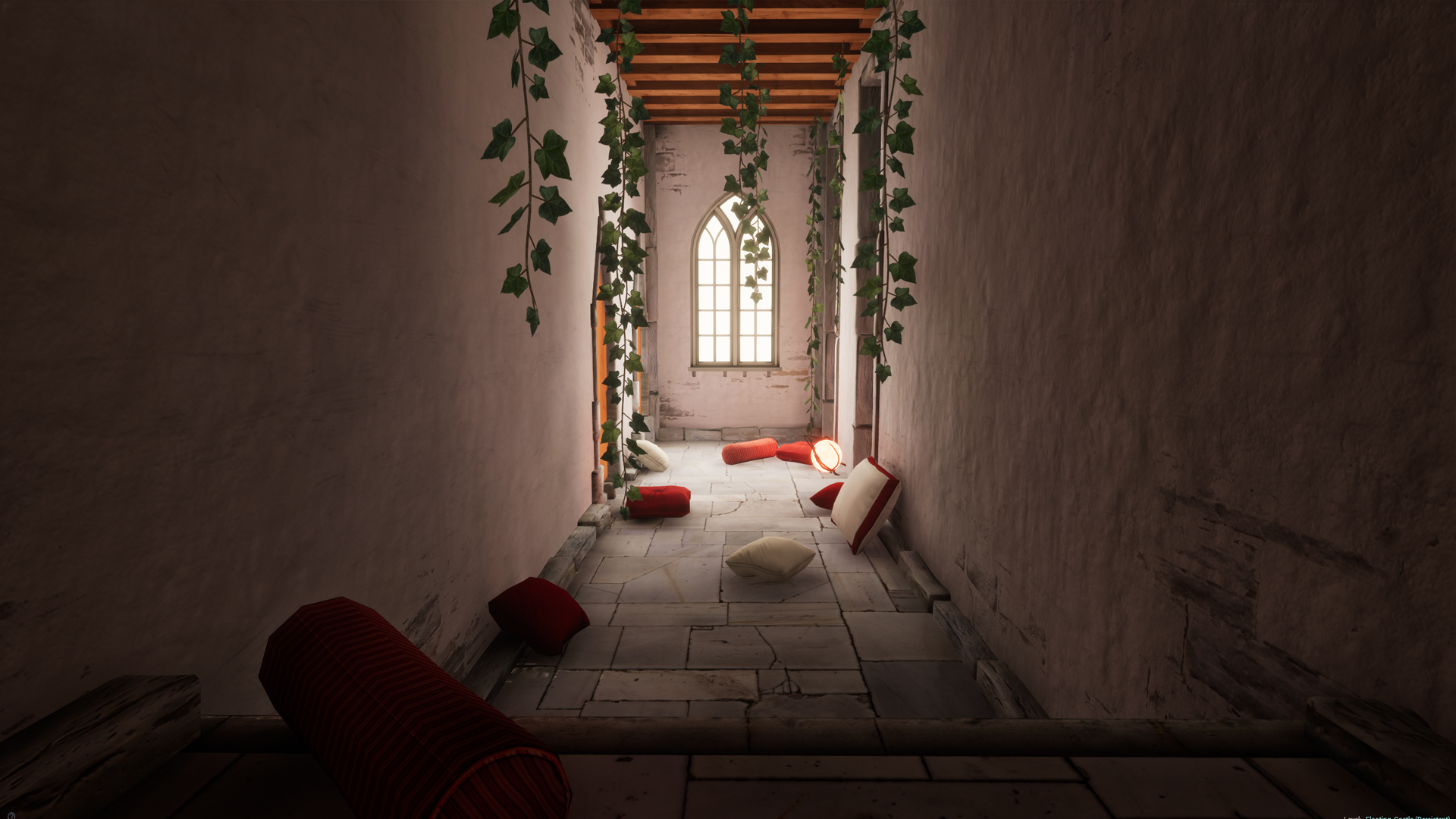
-
Infernium Review #48
